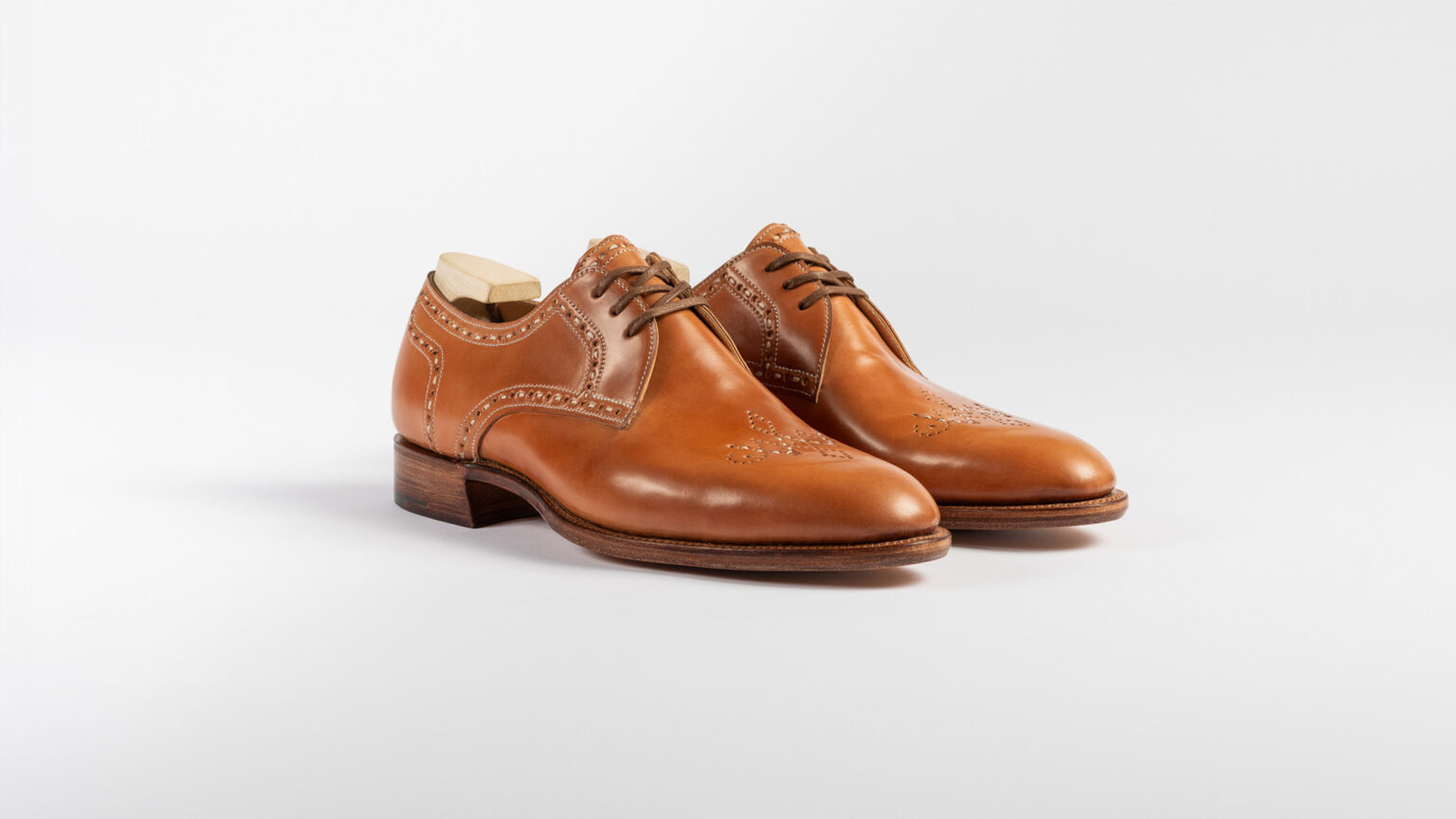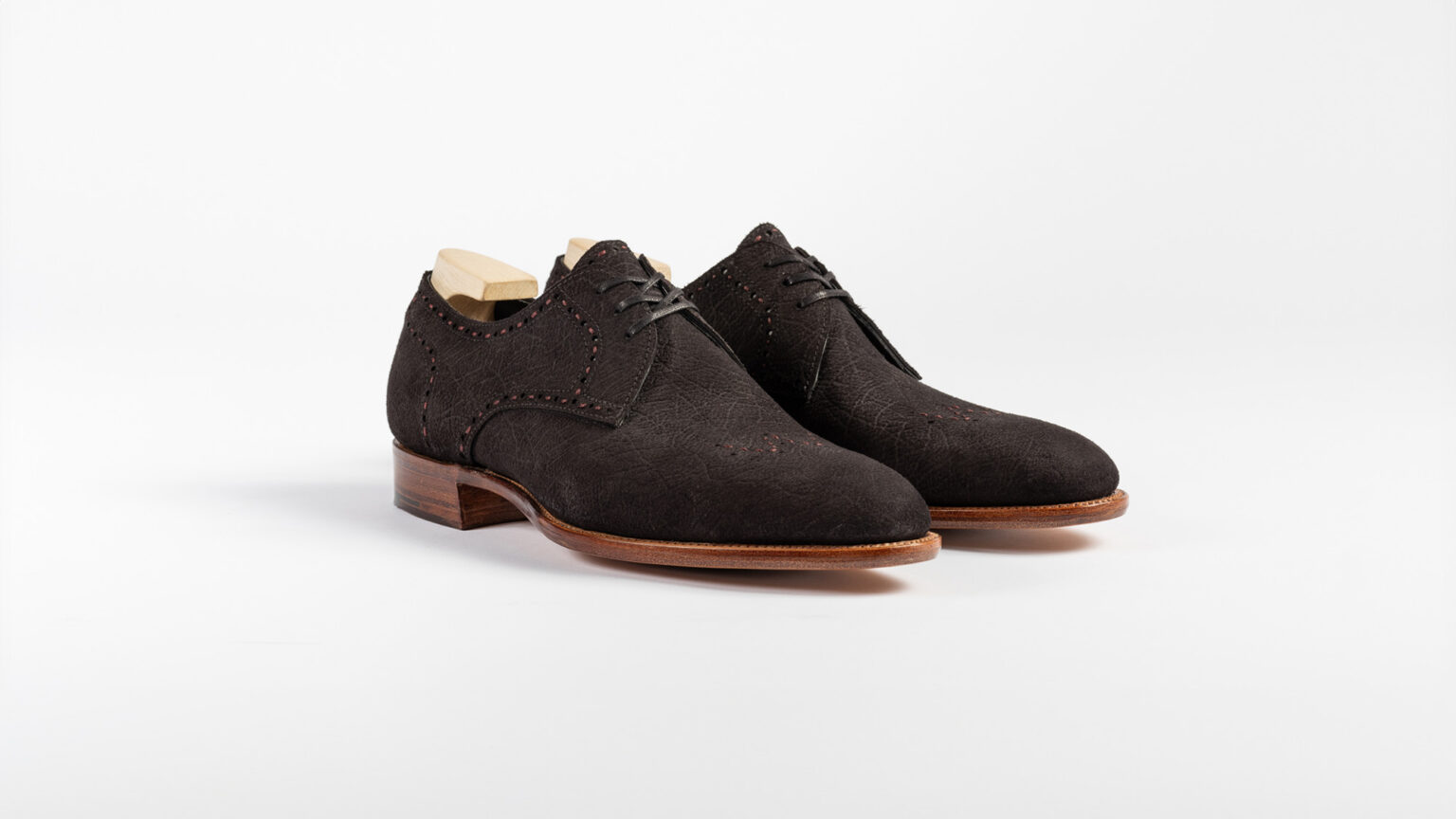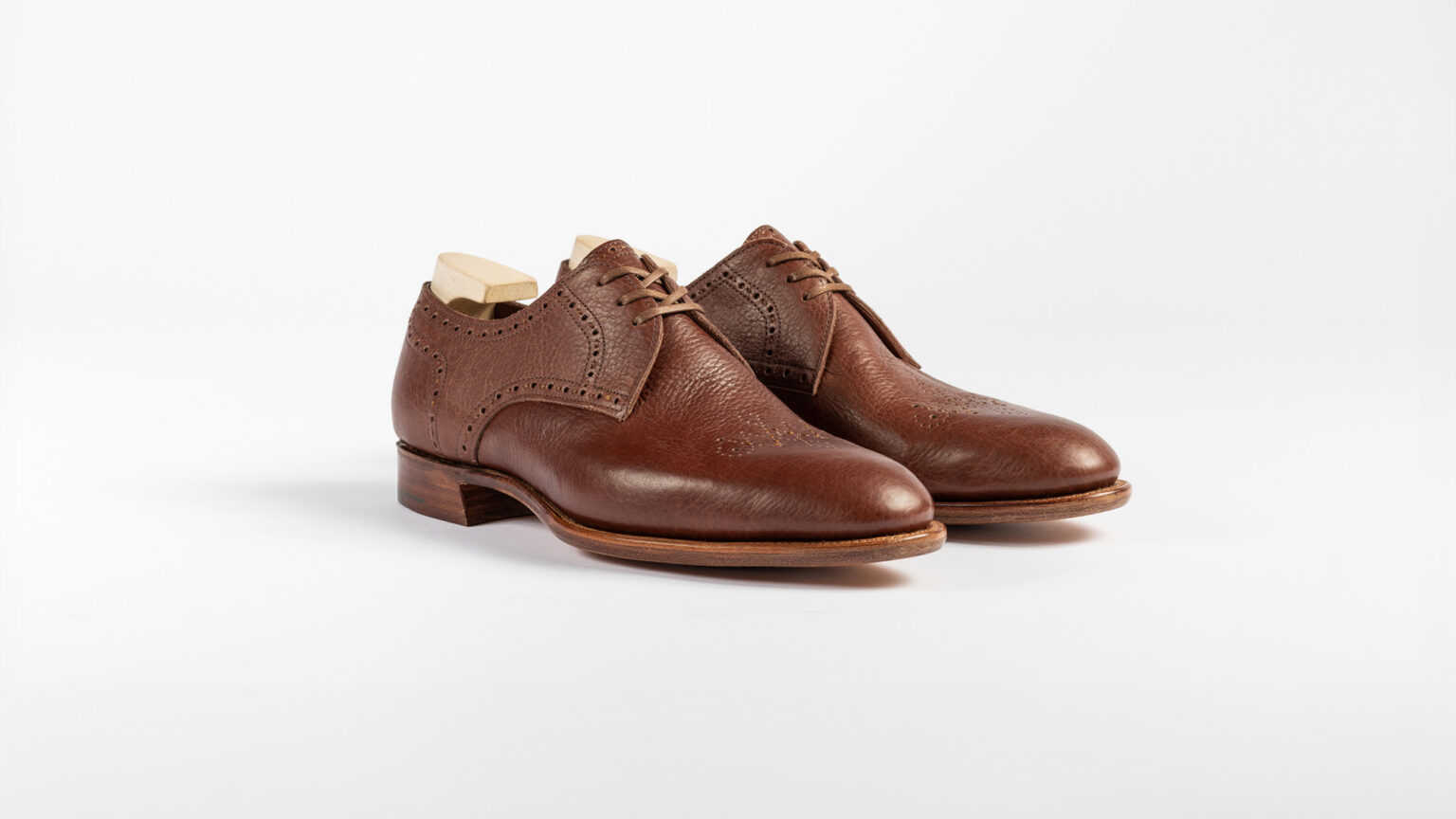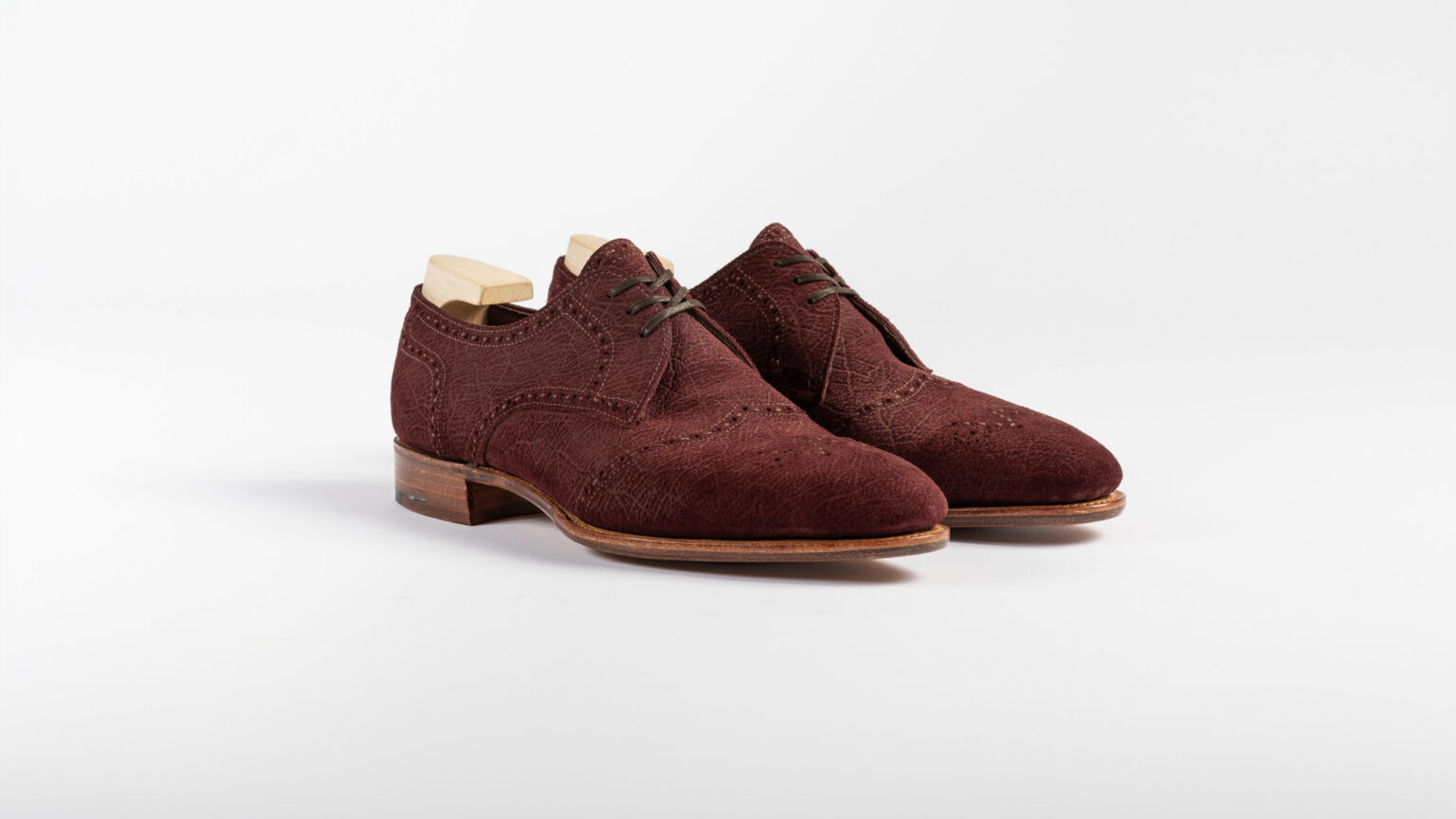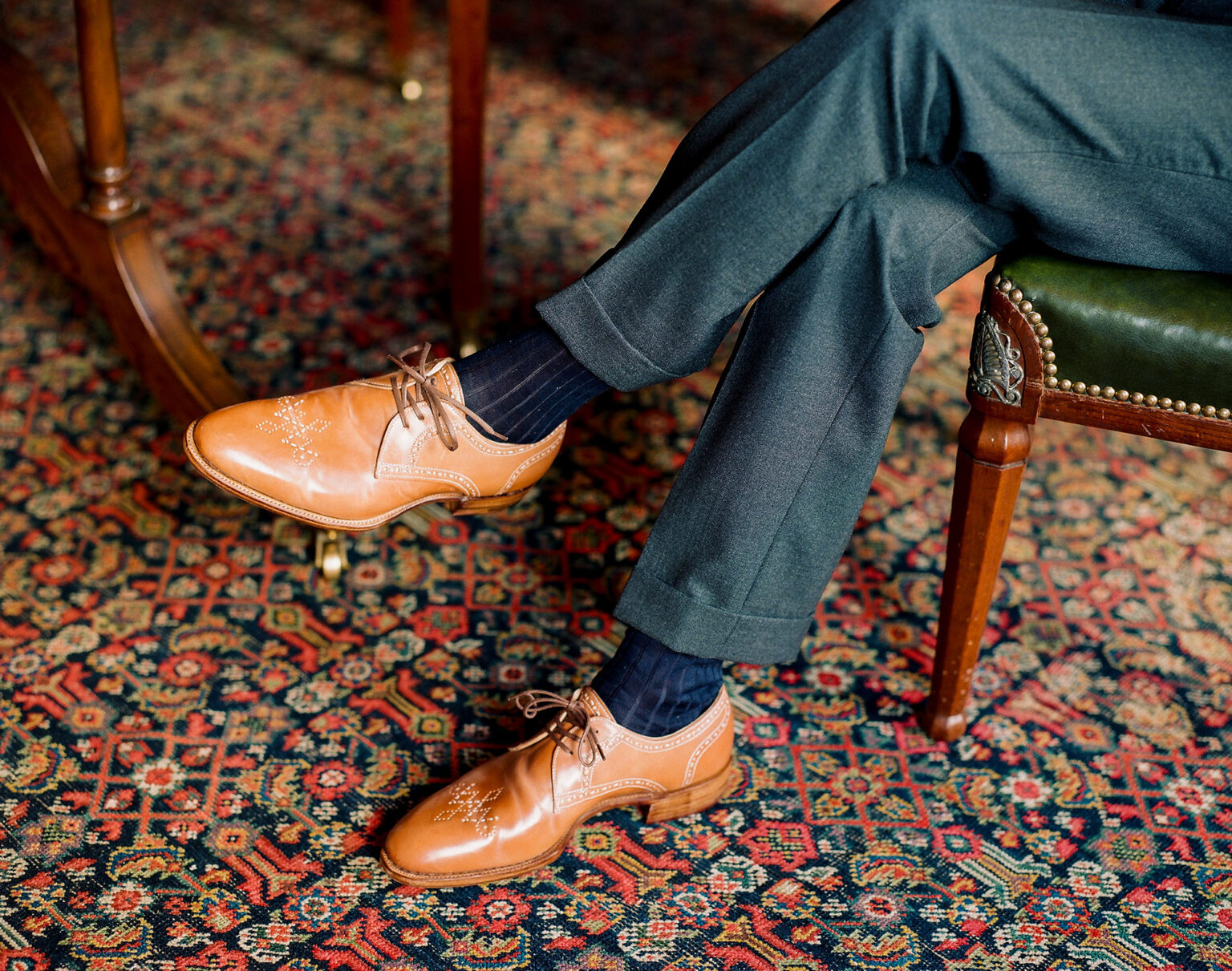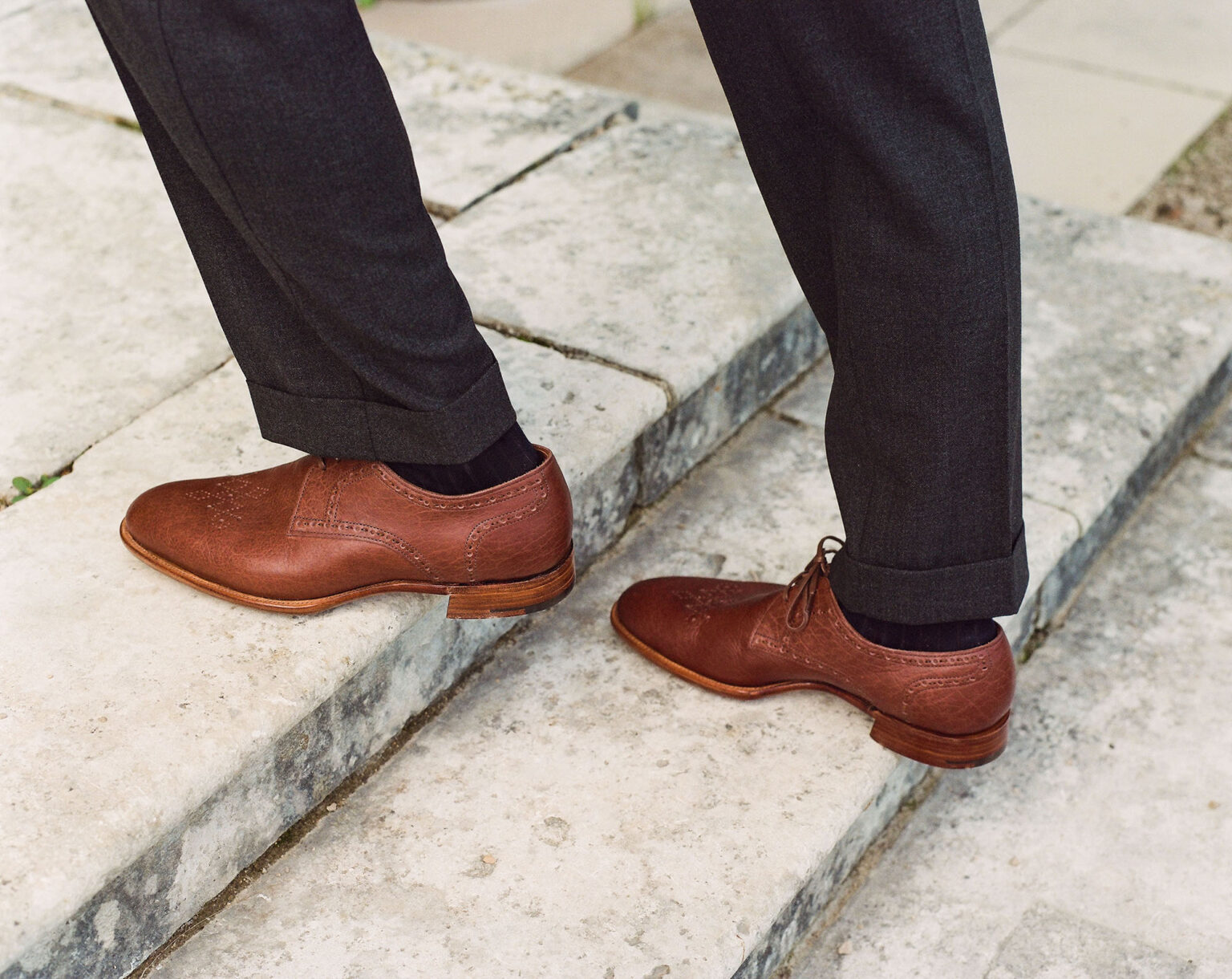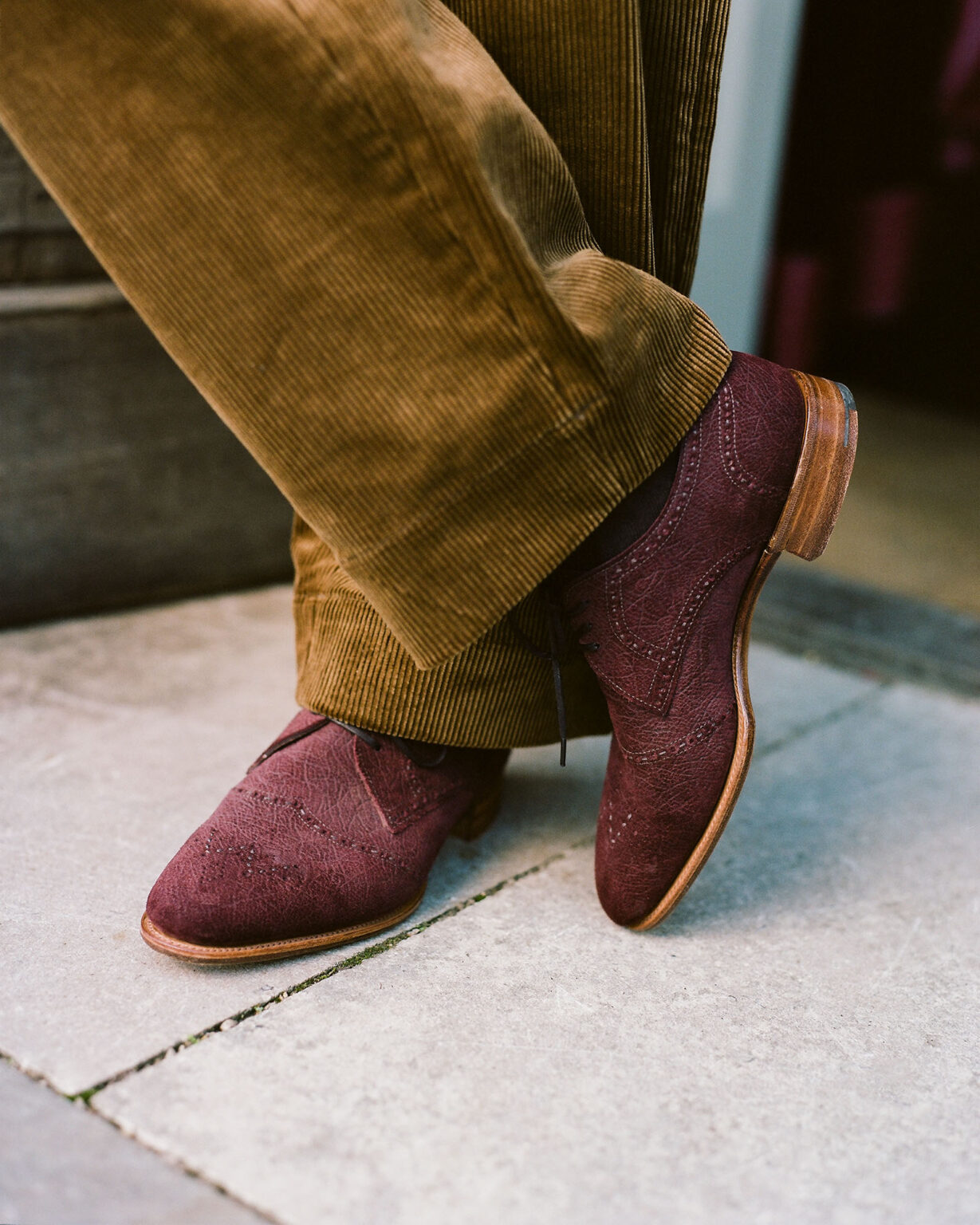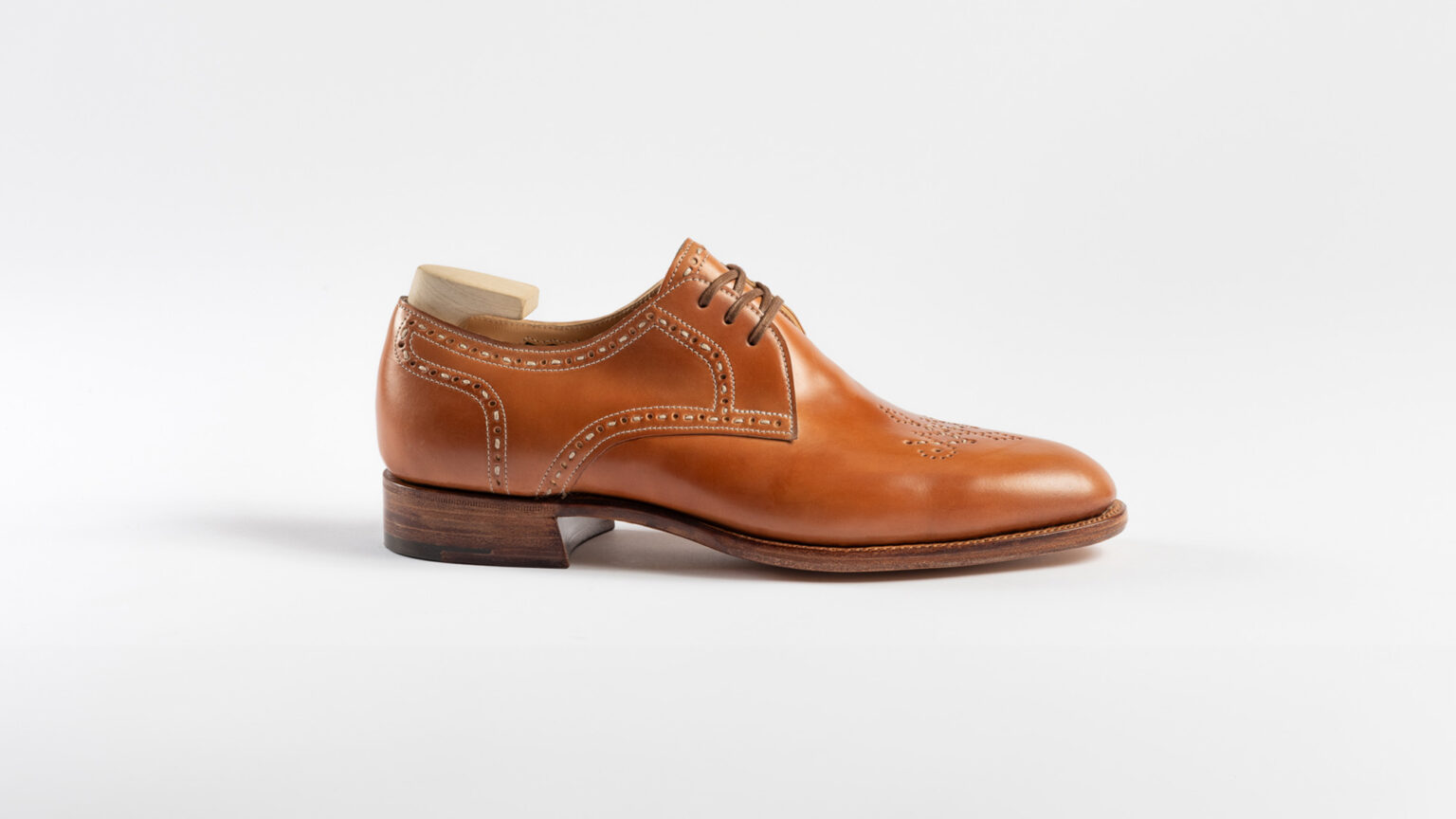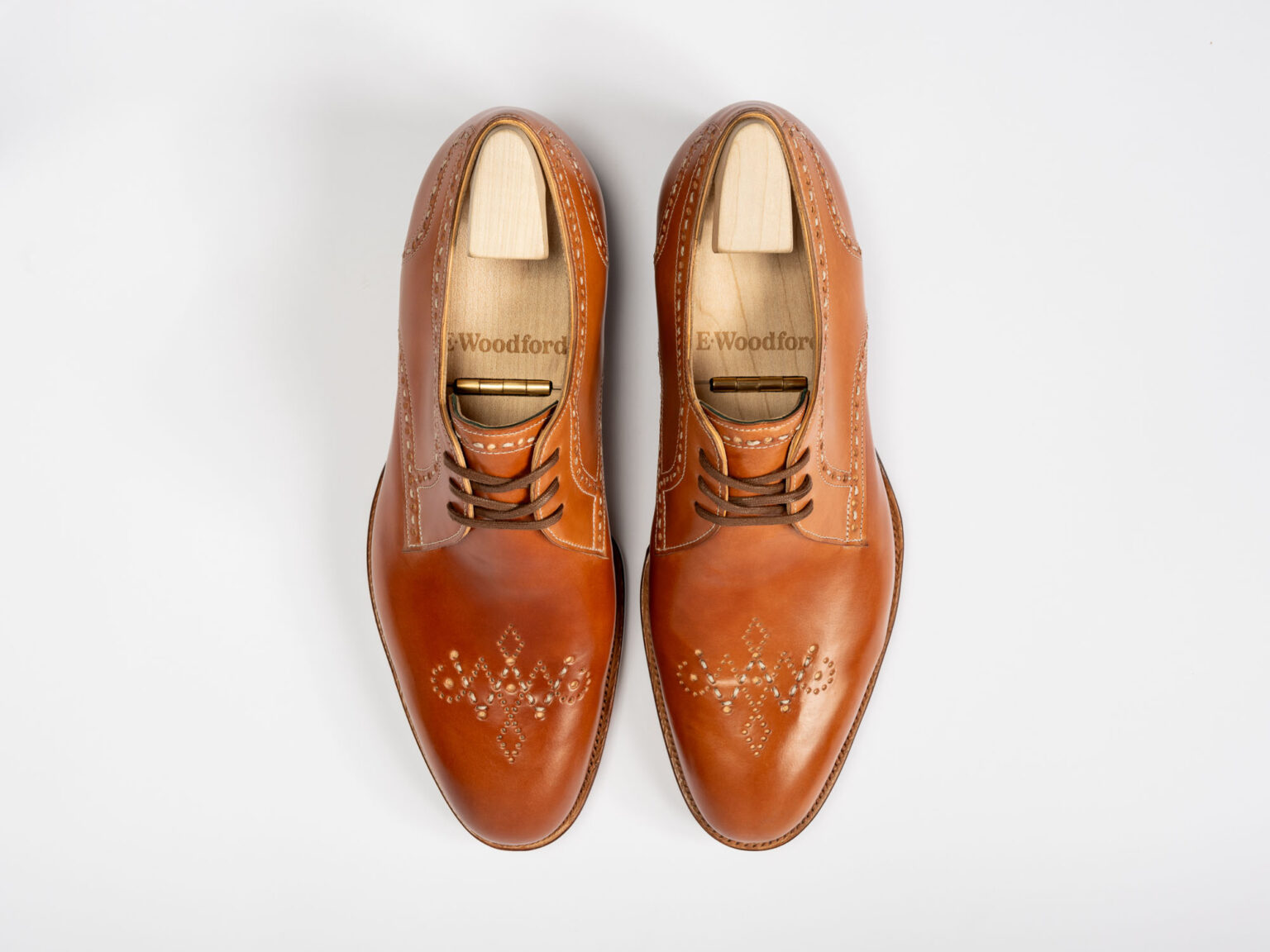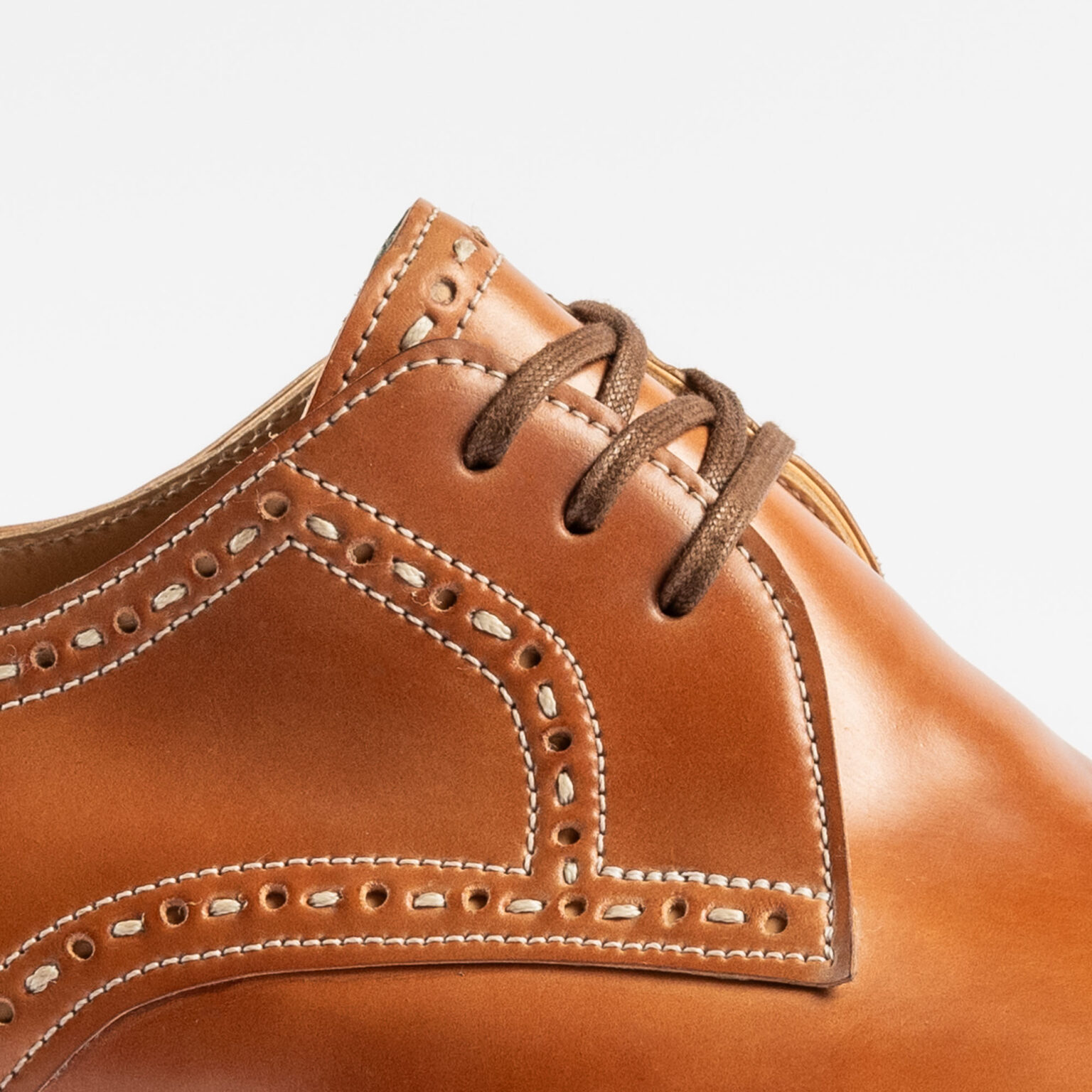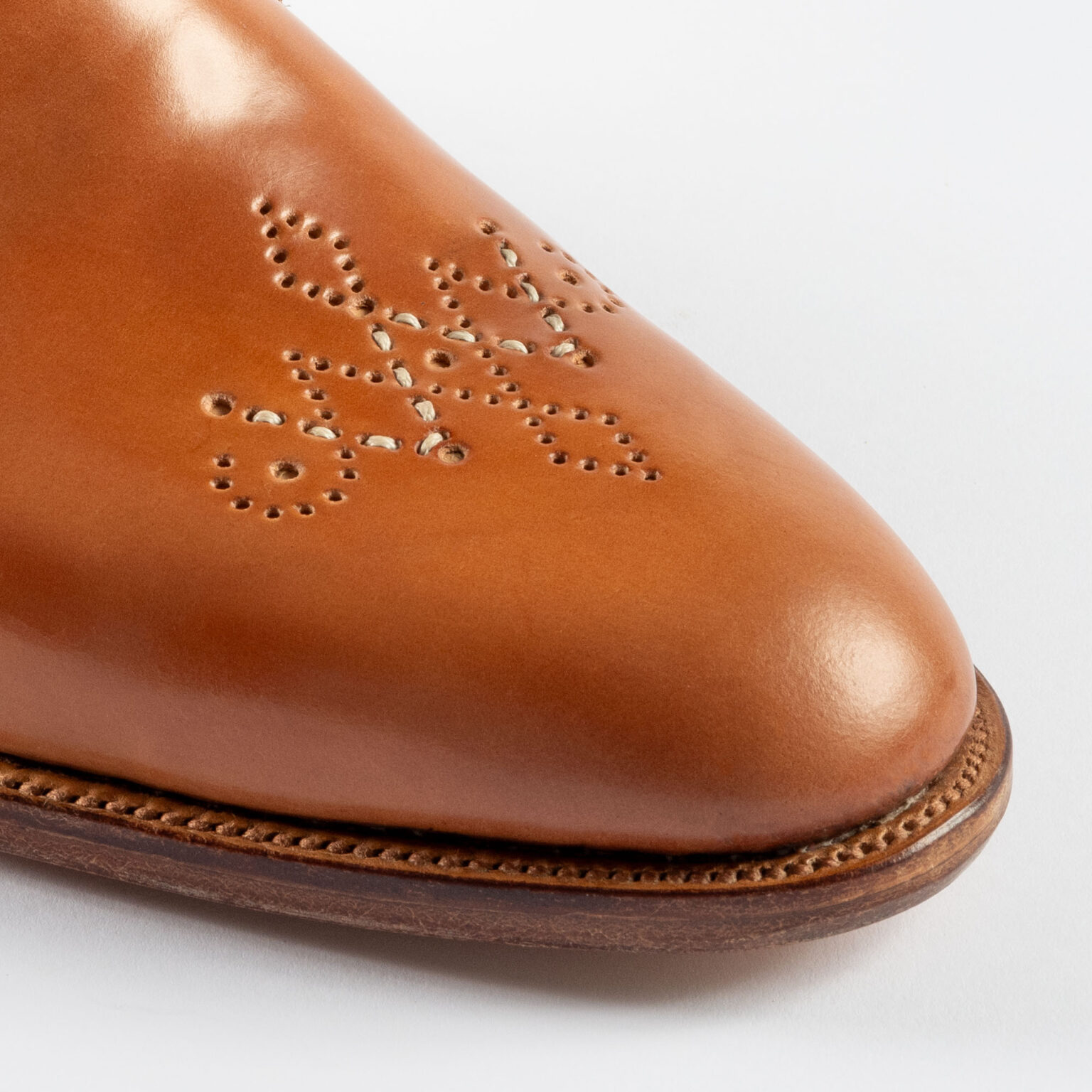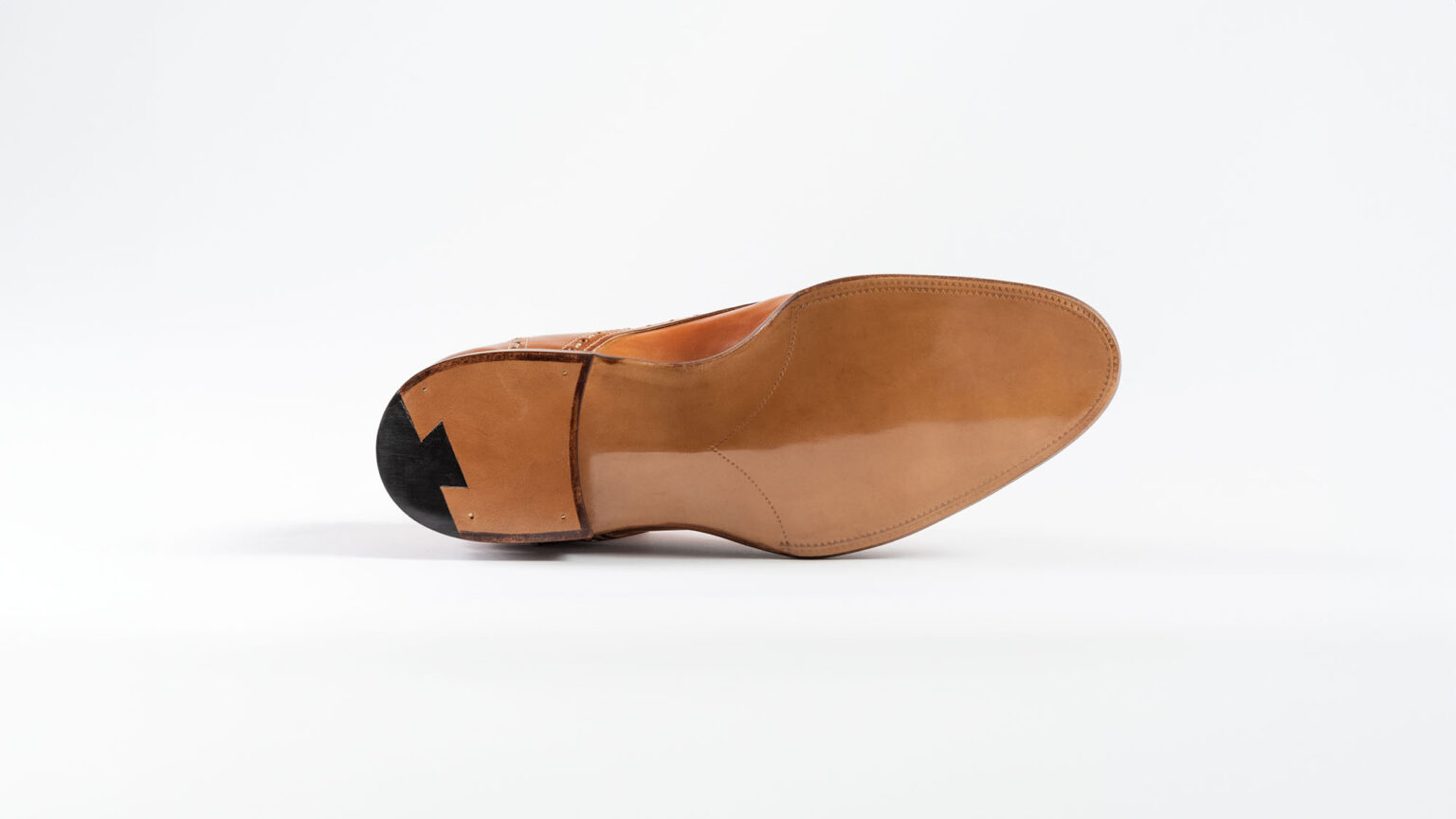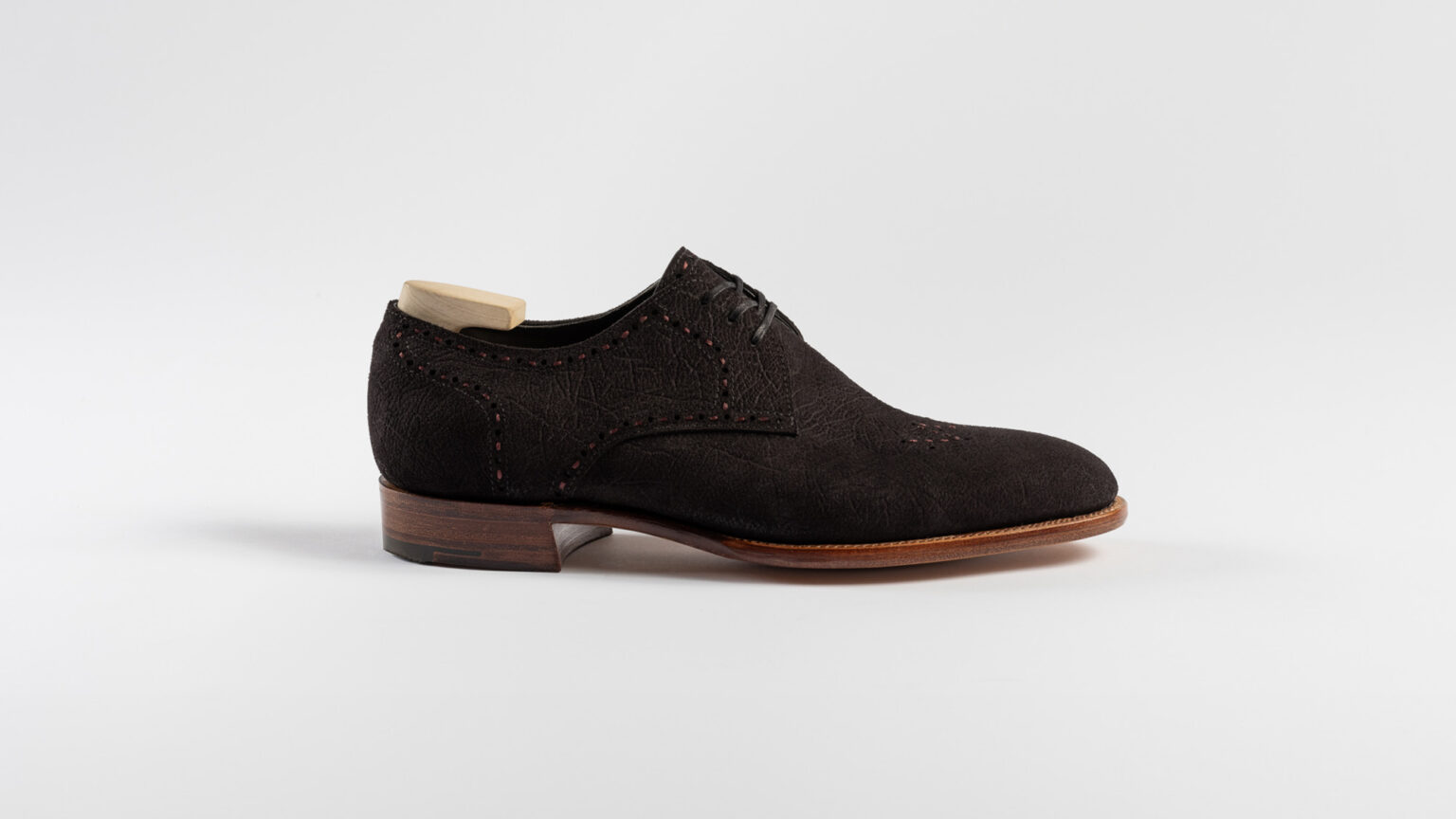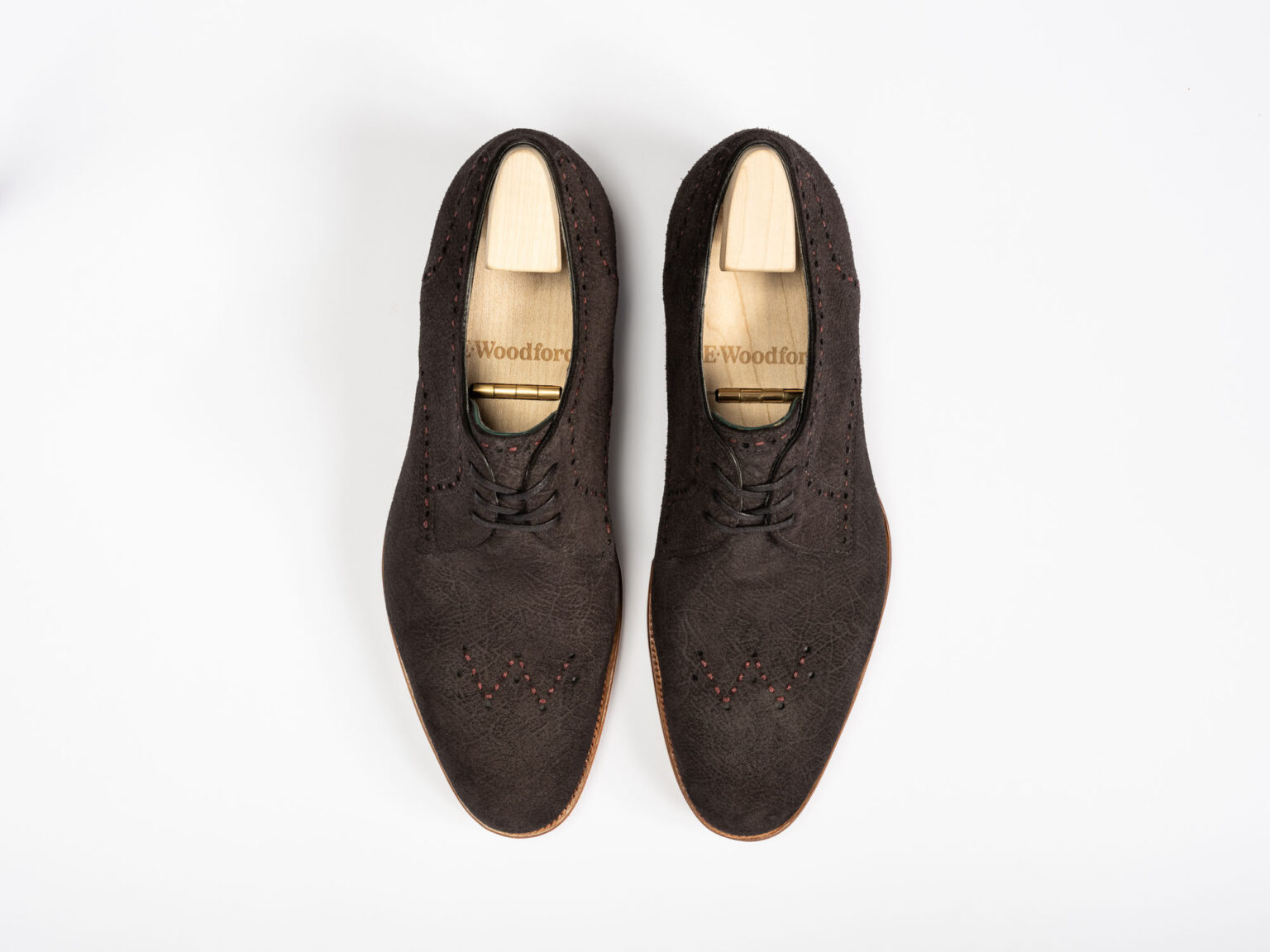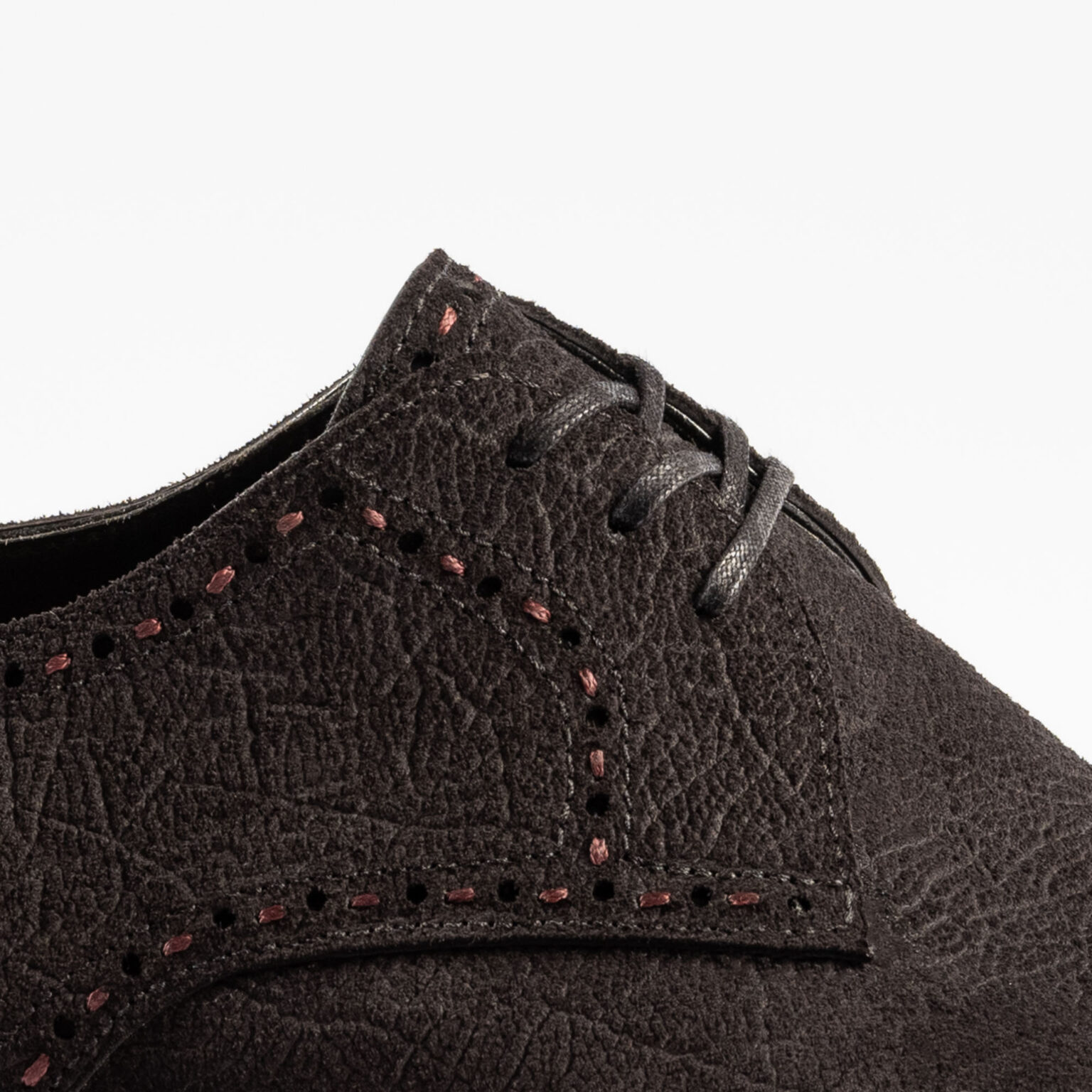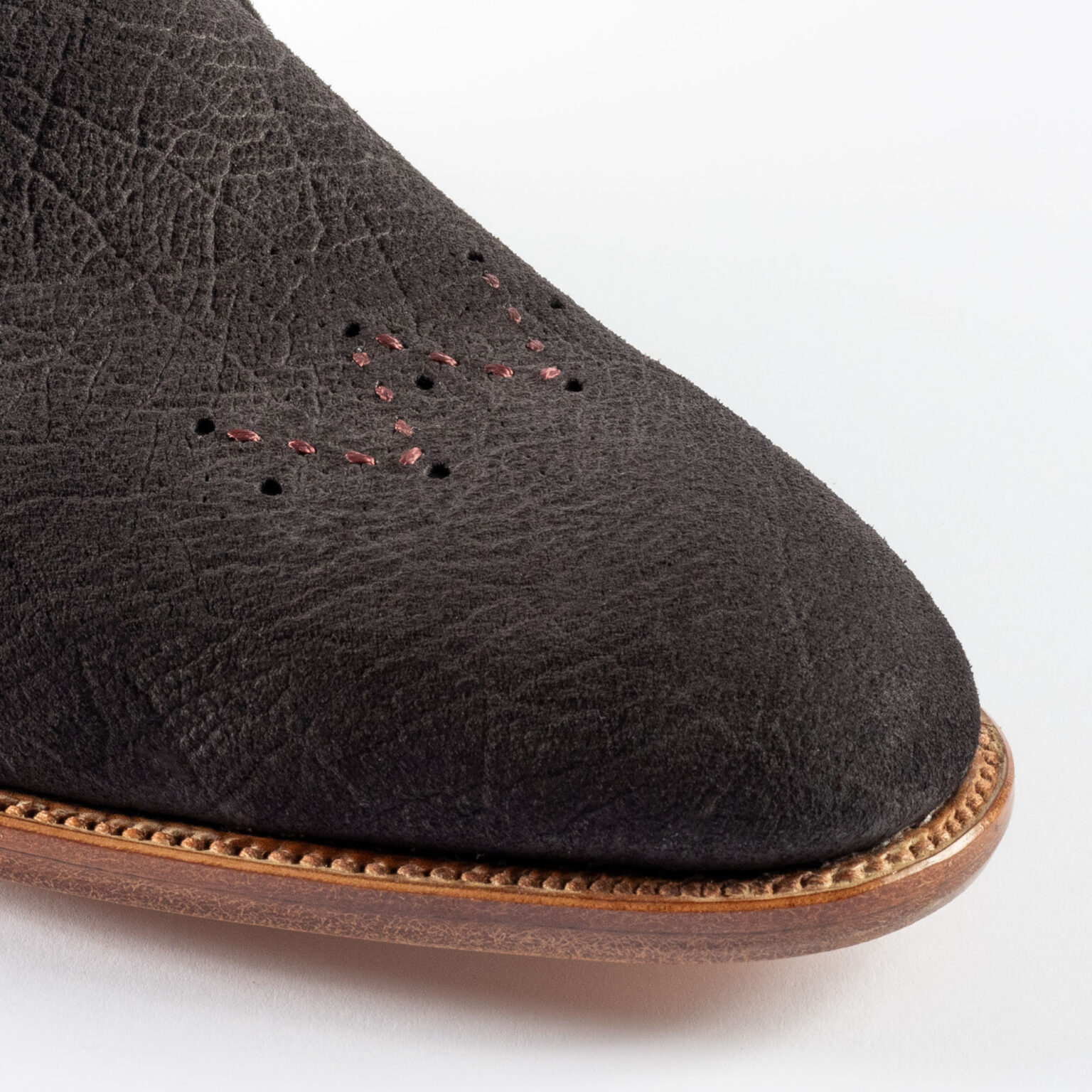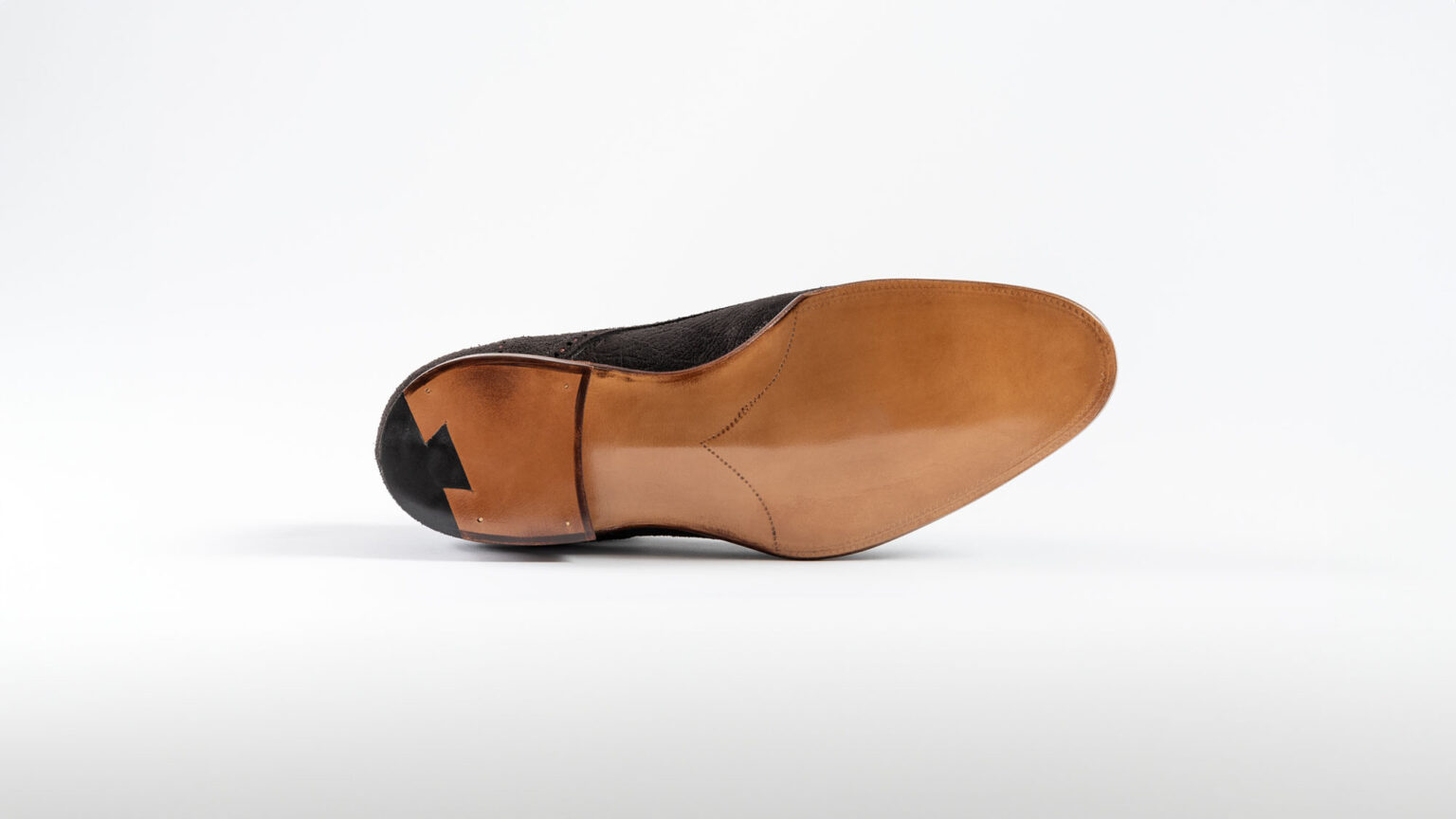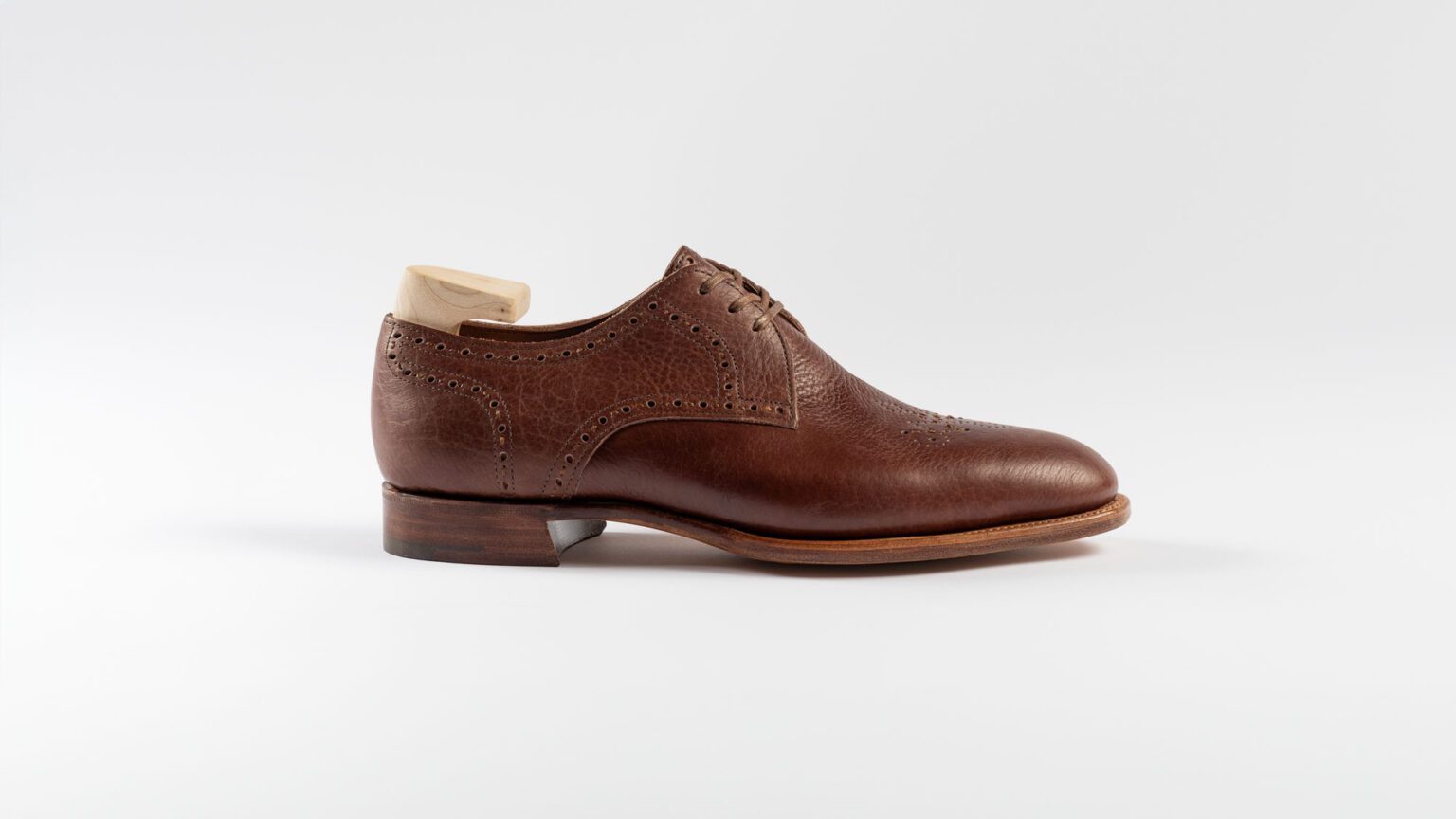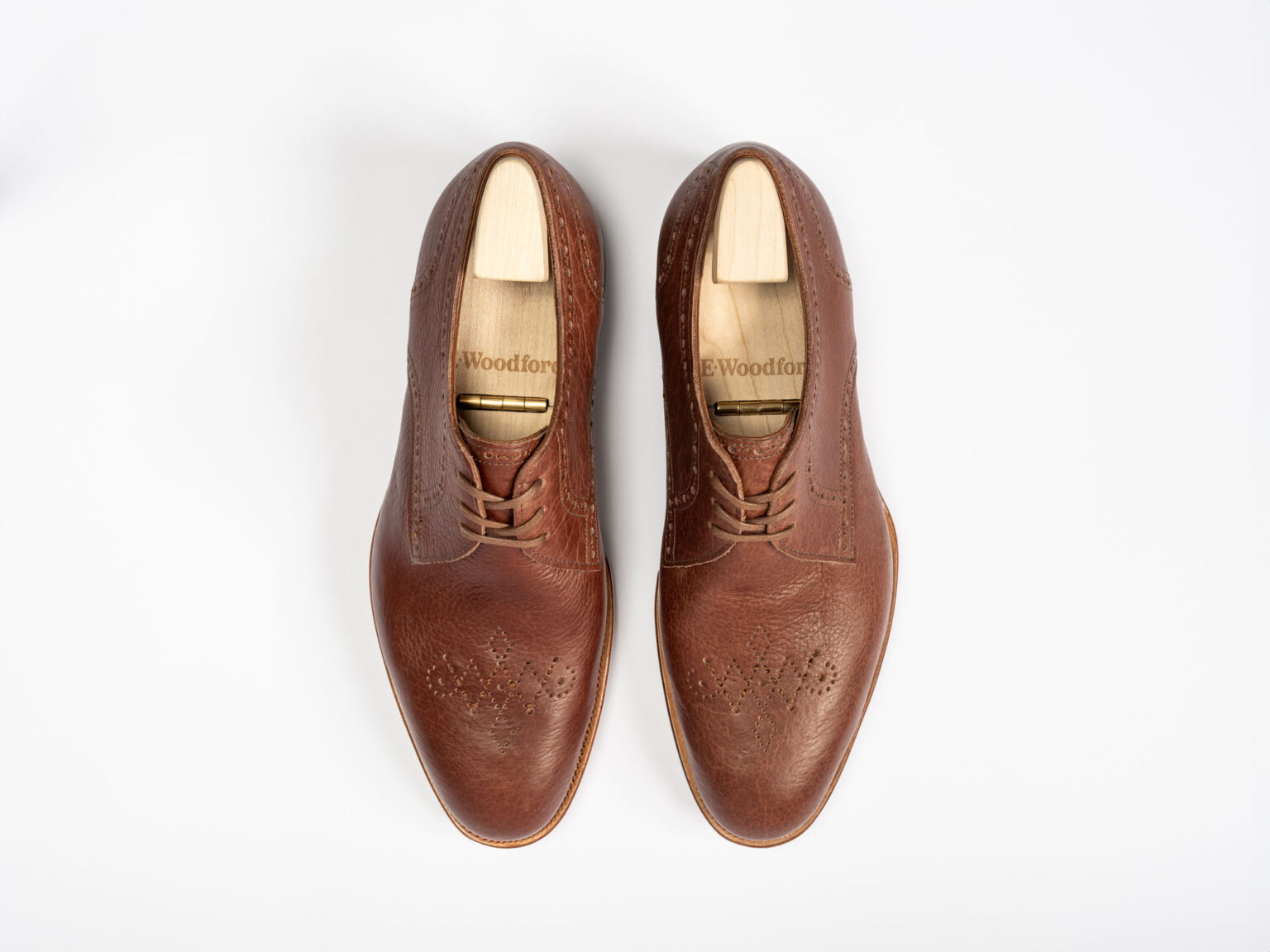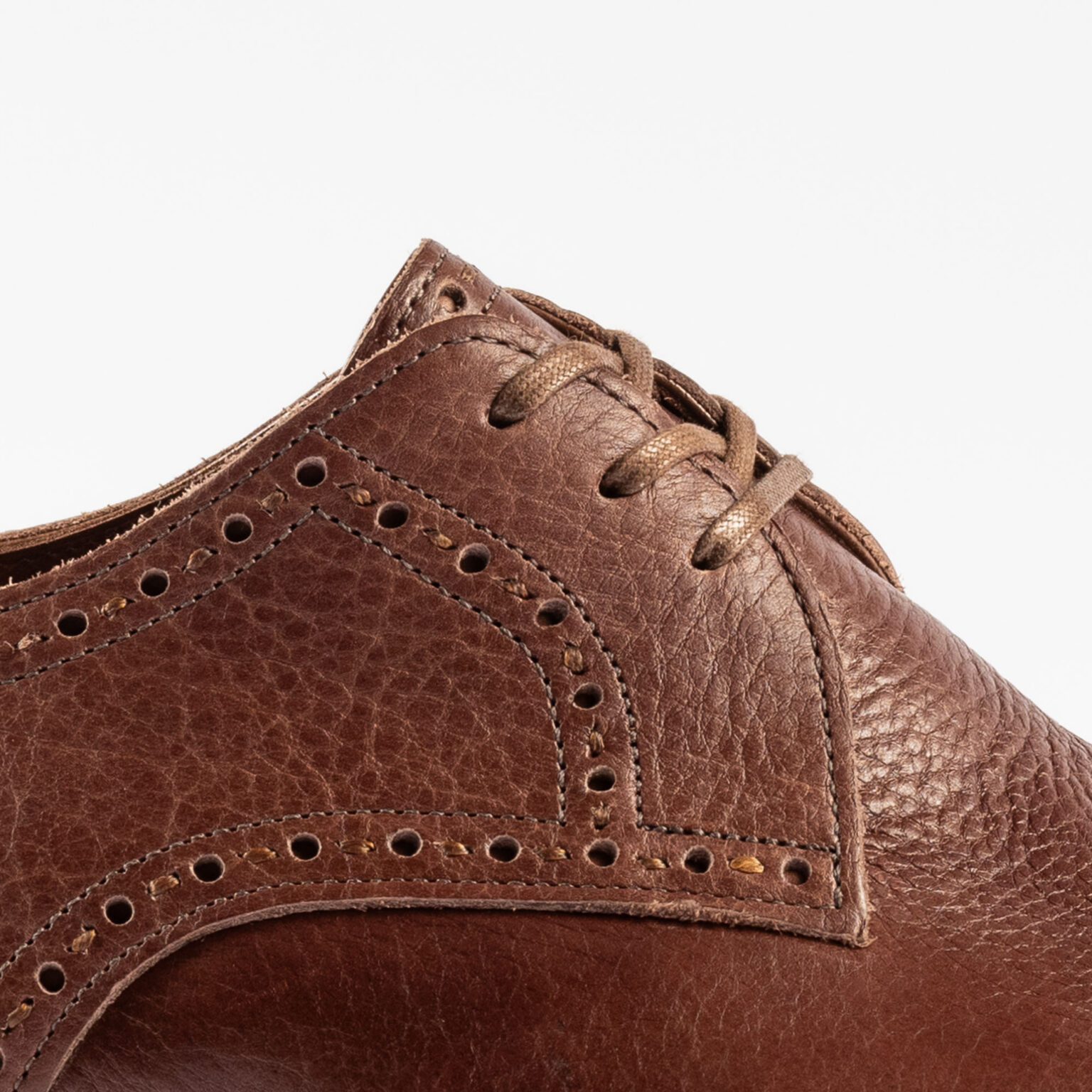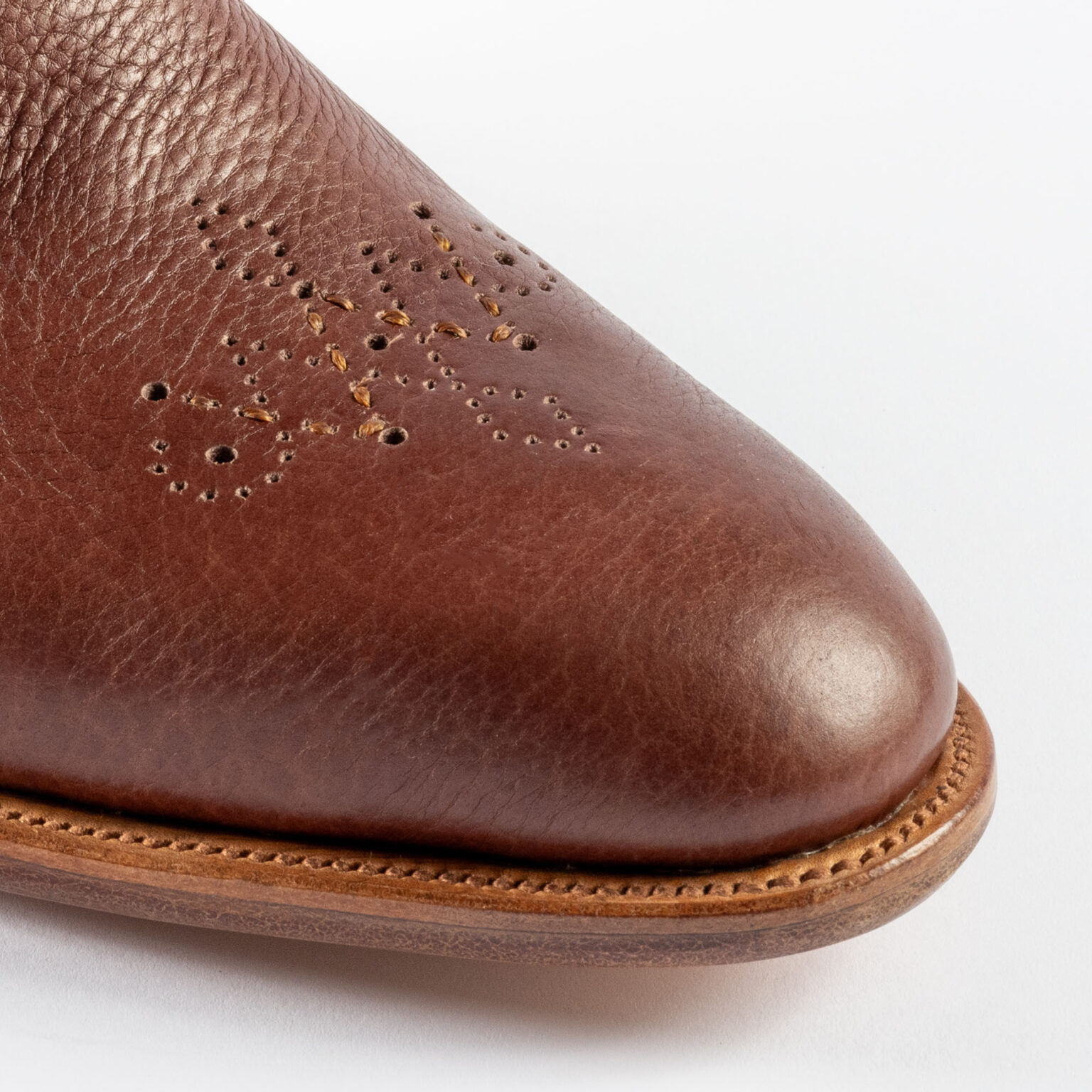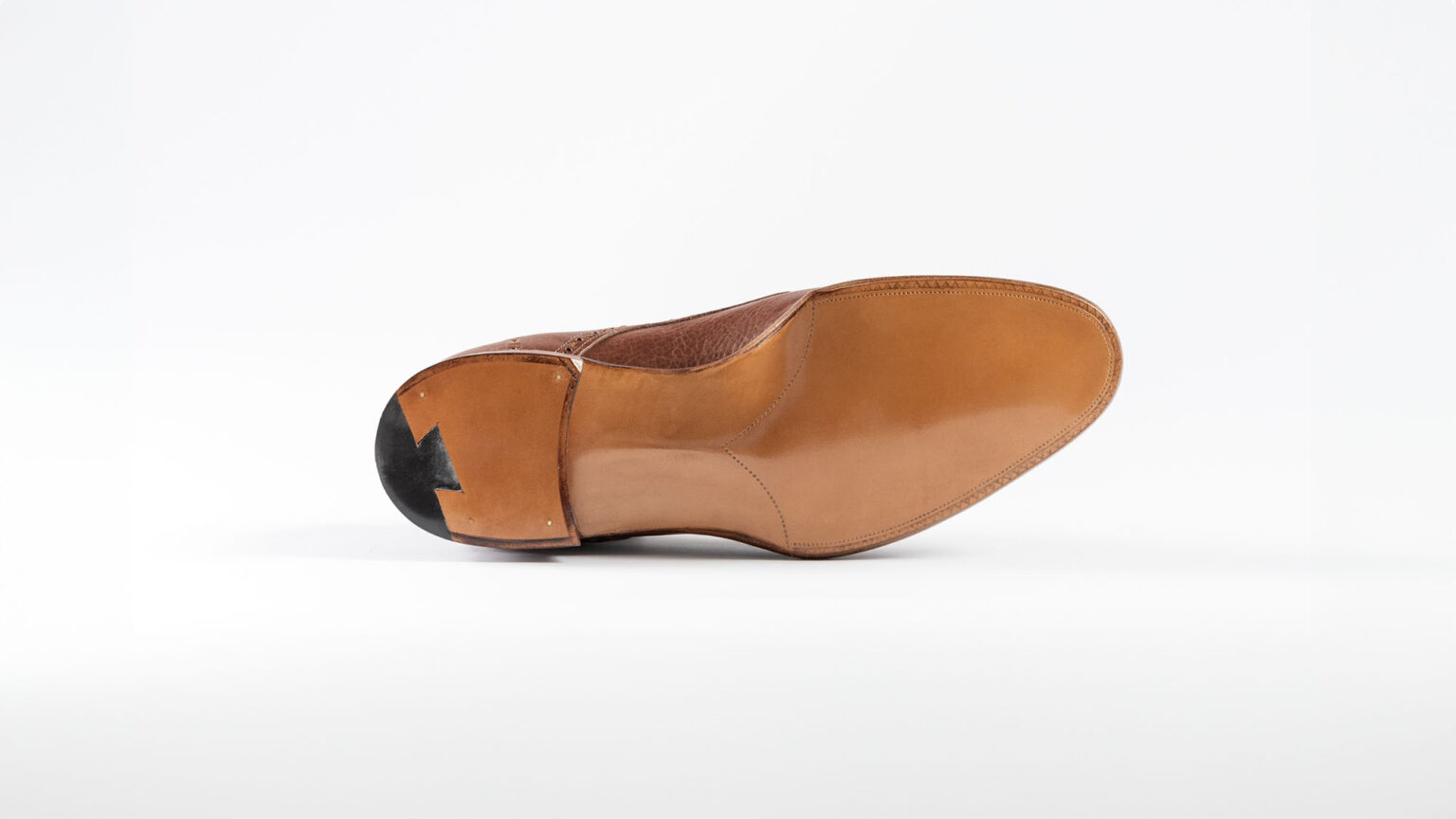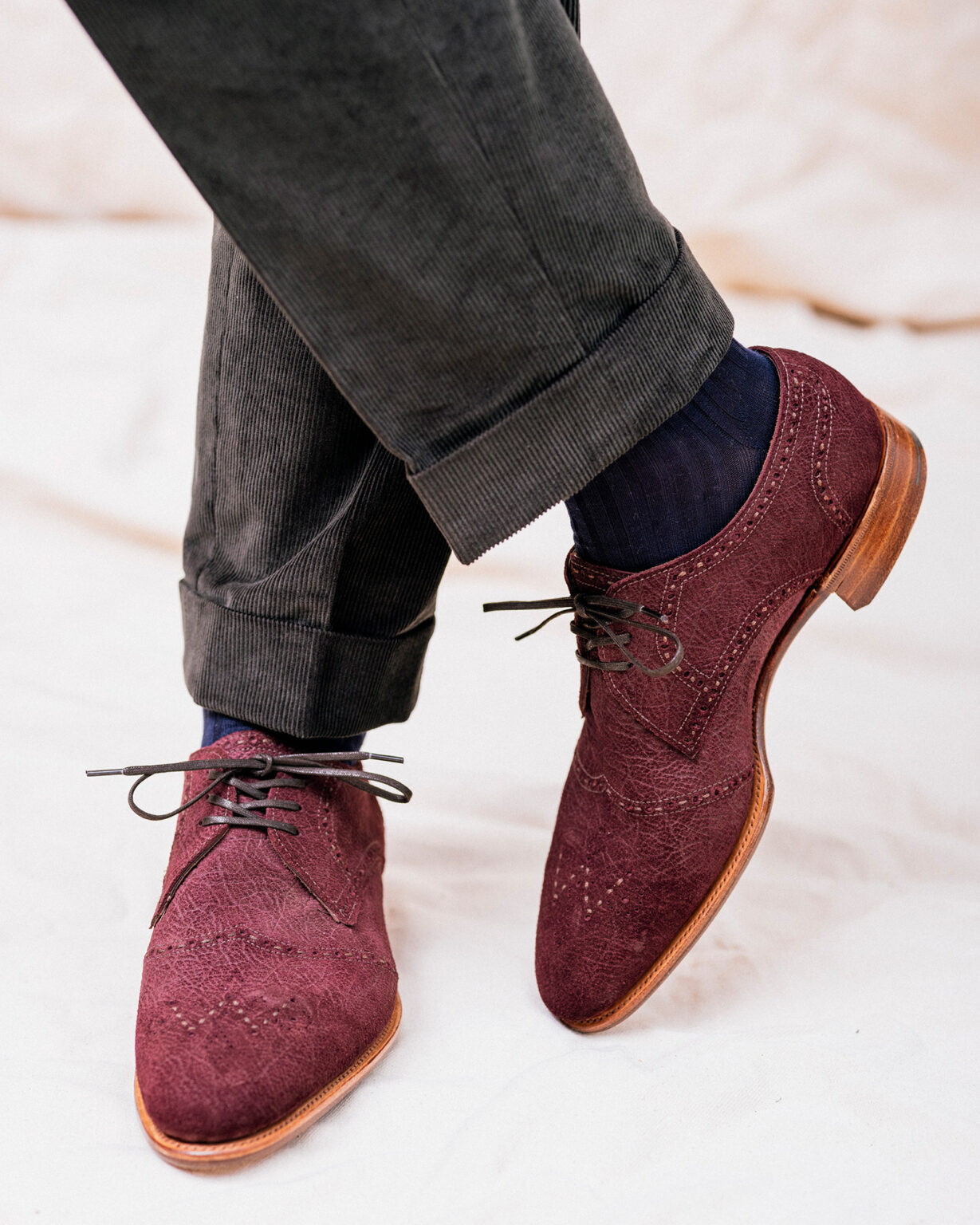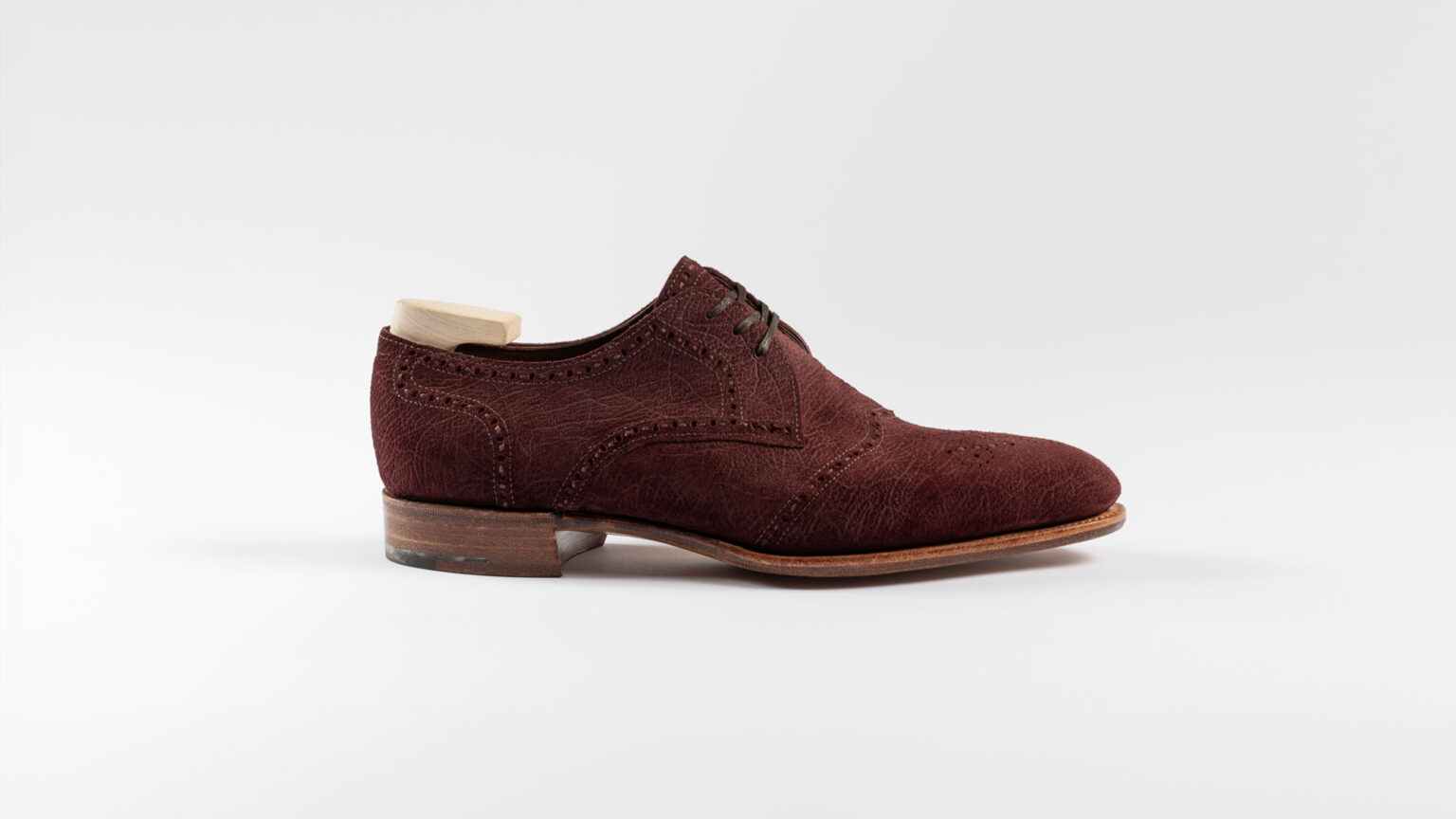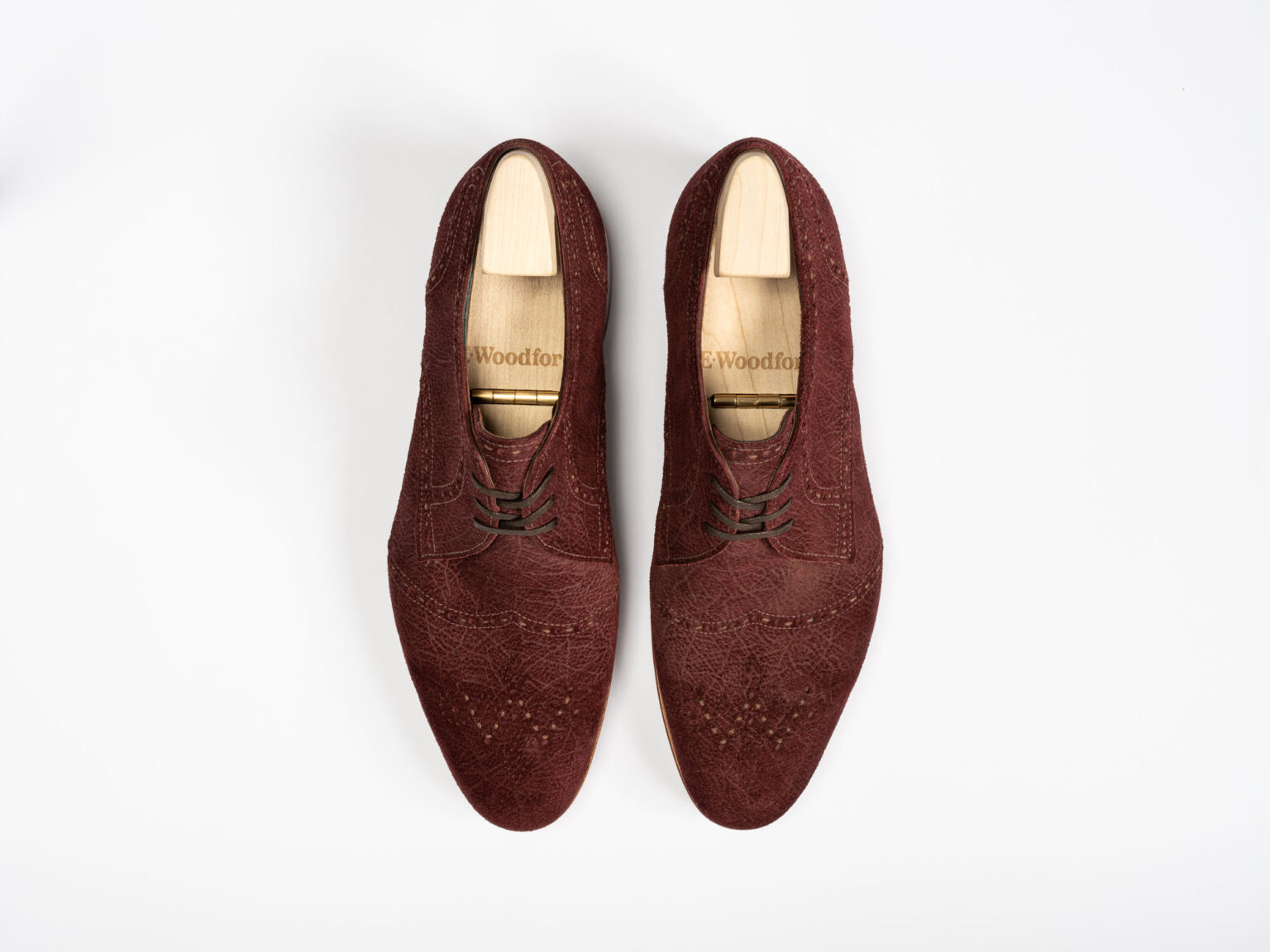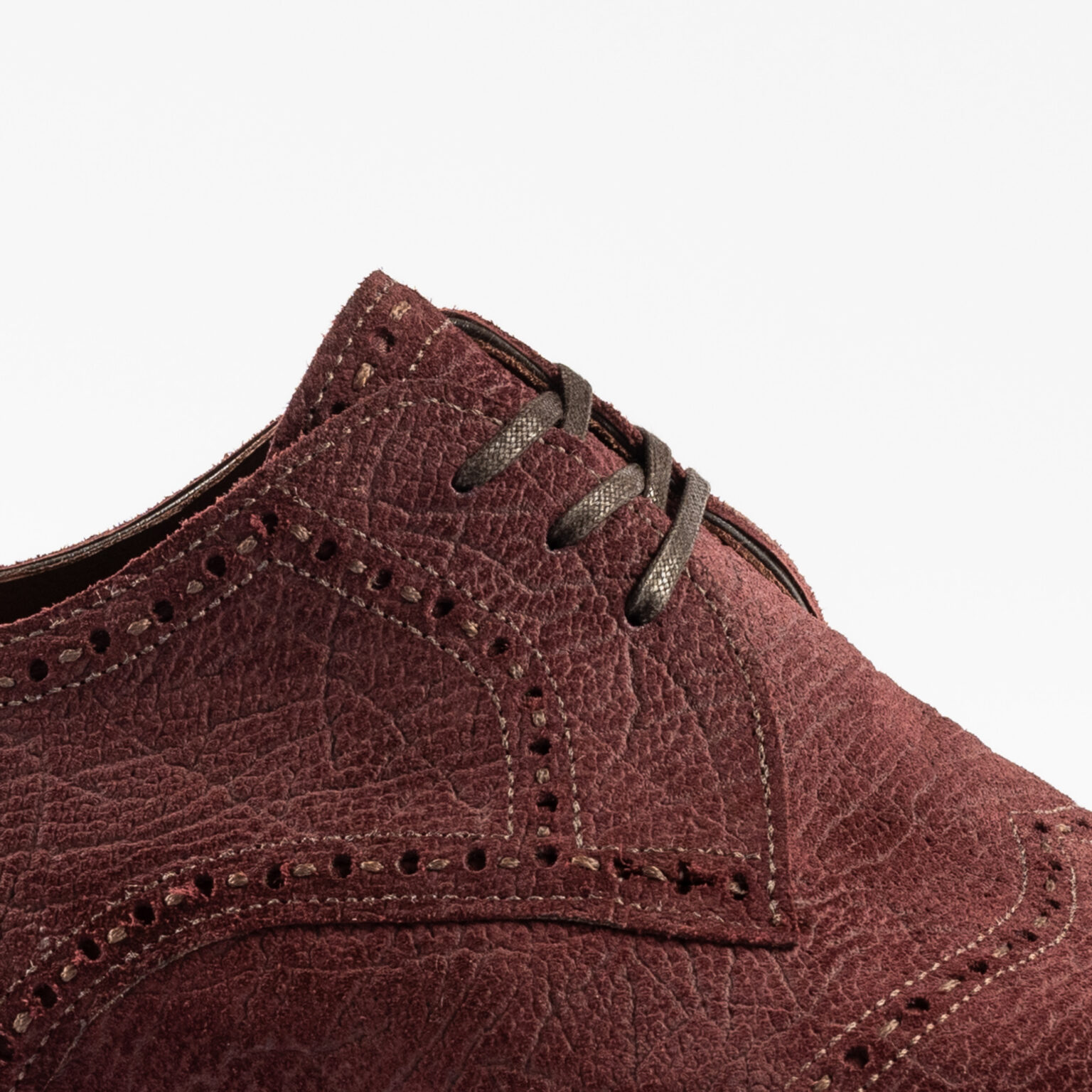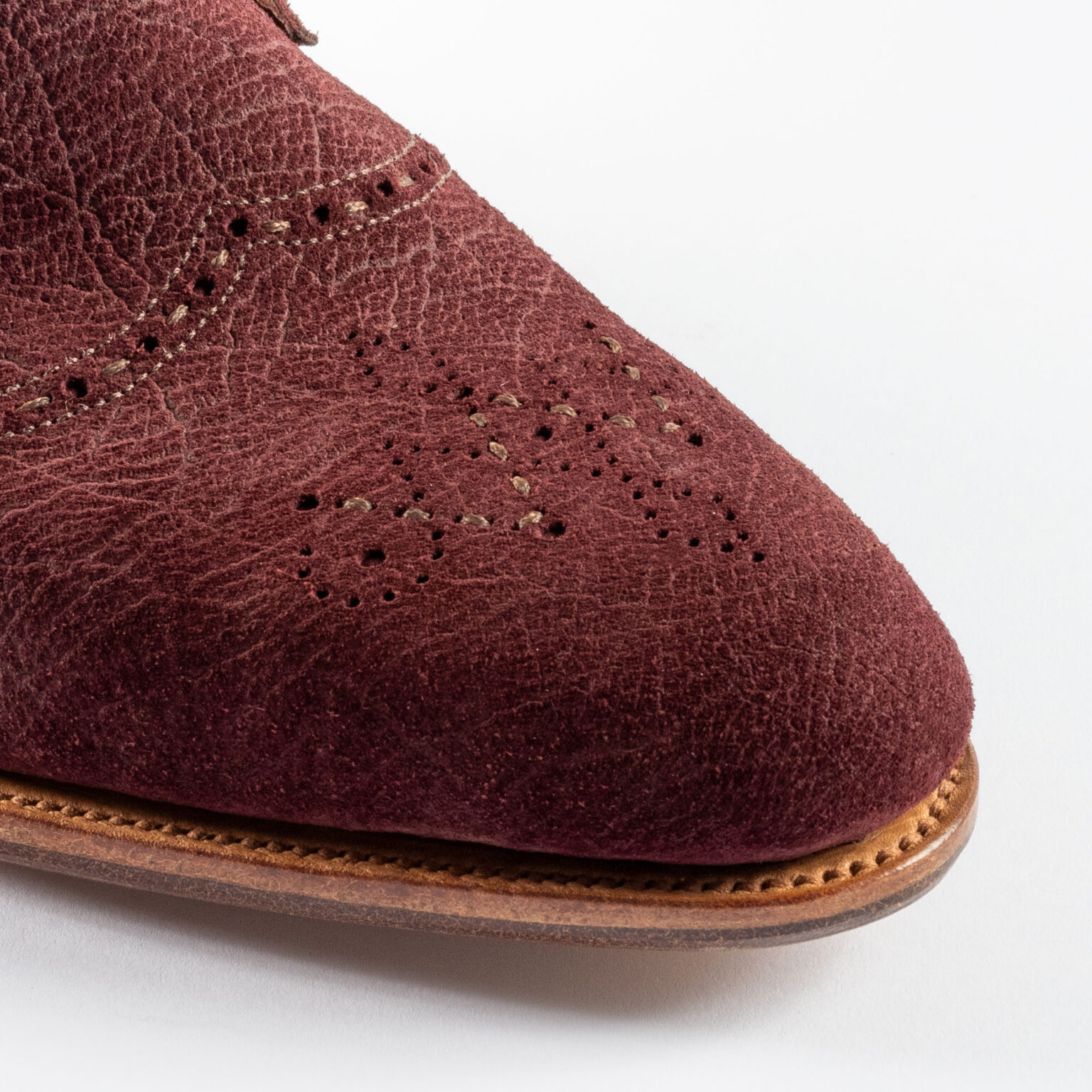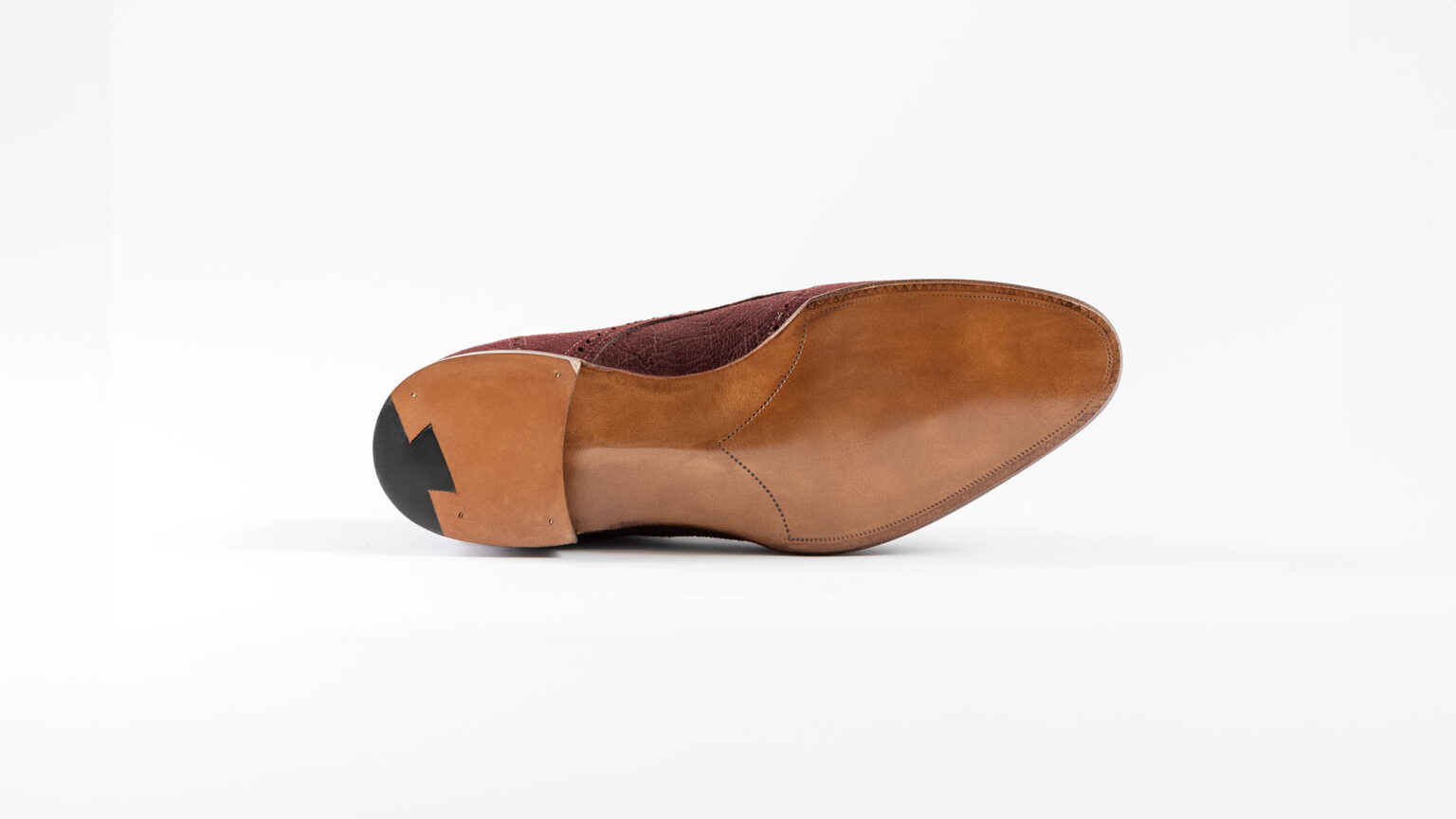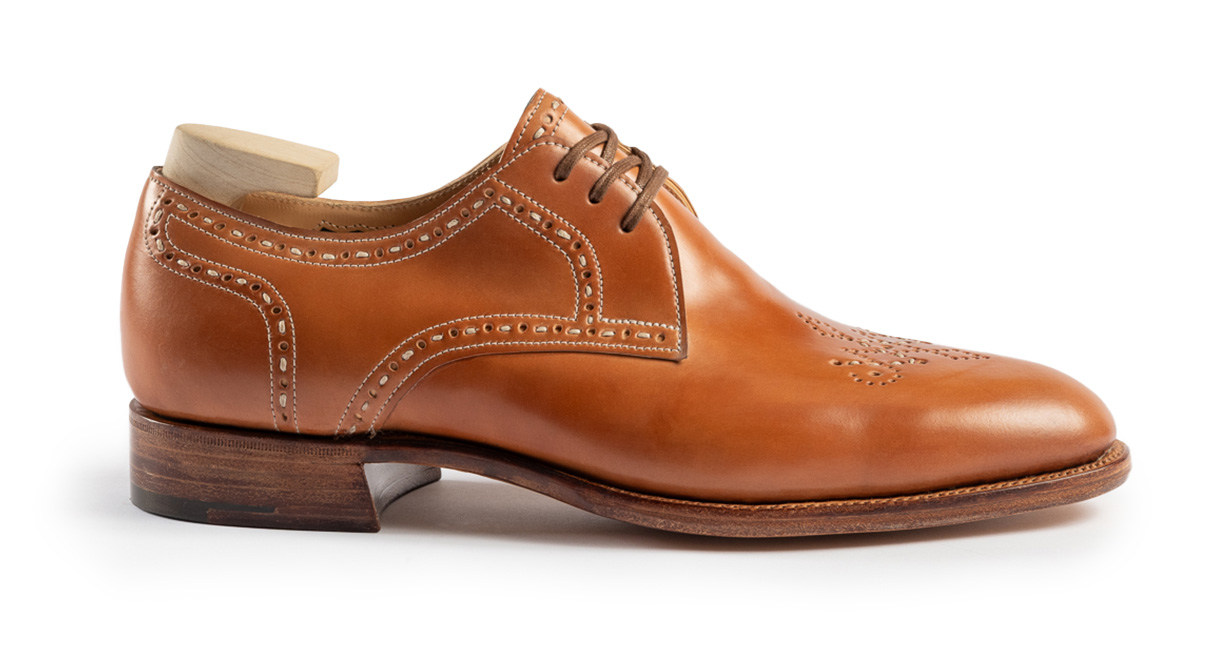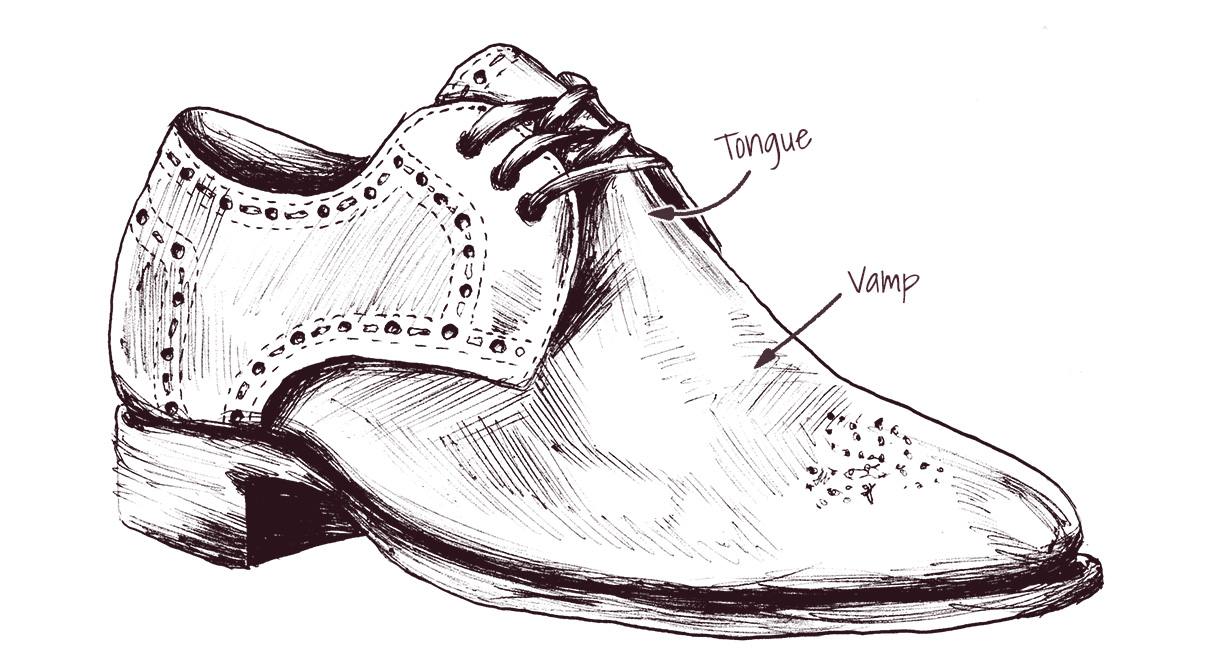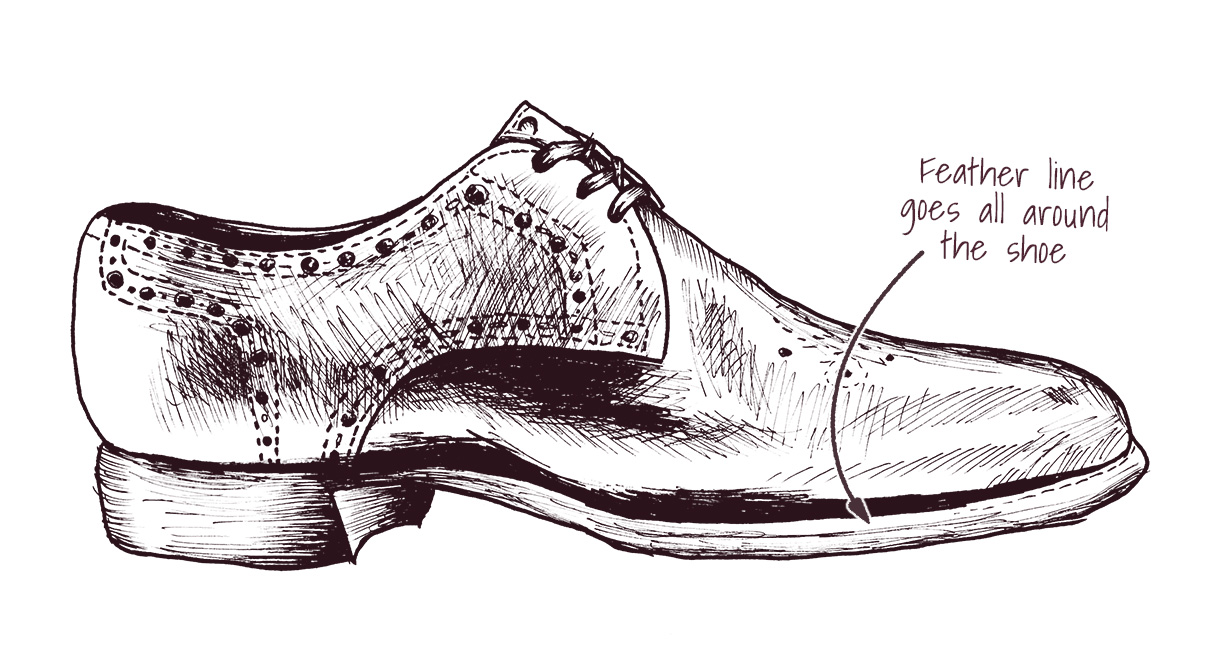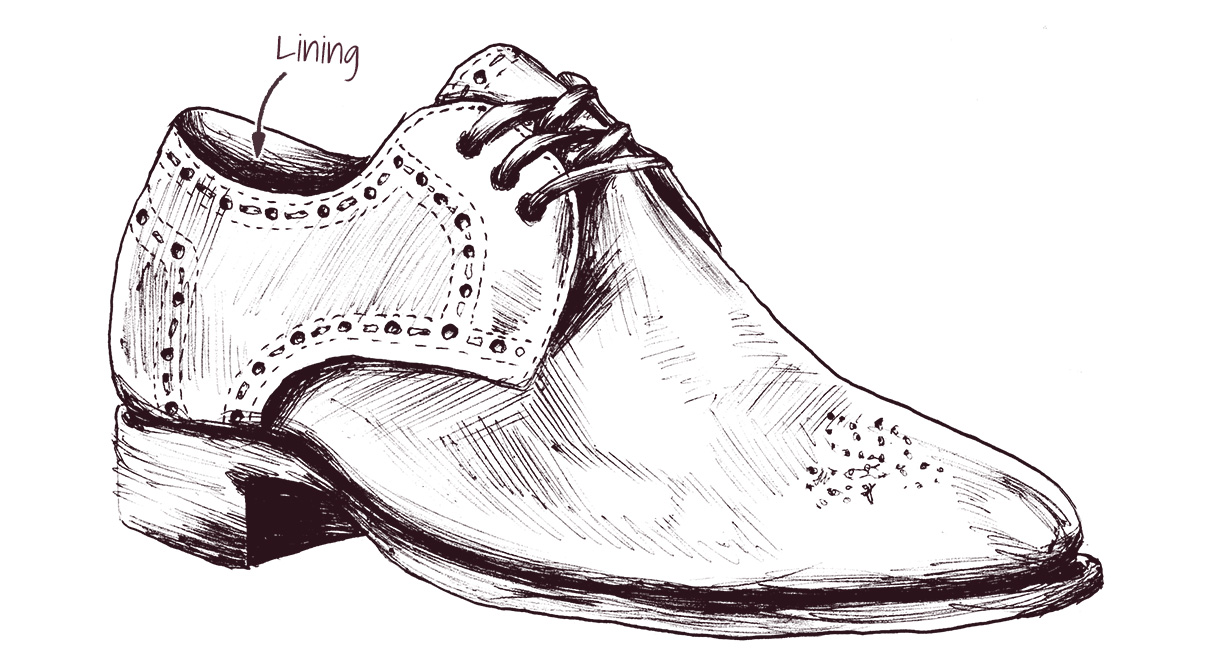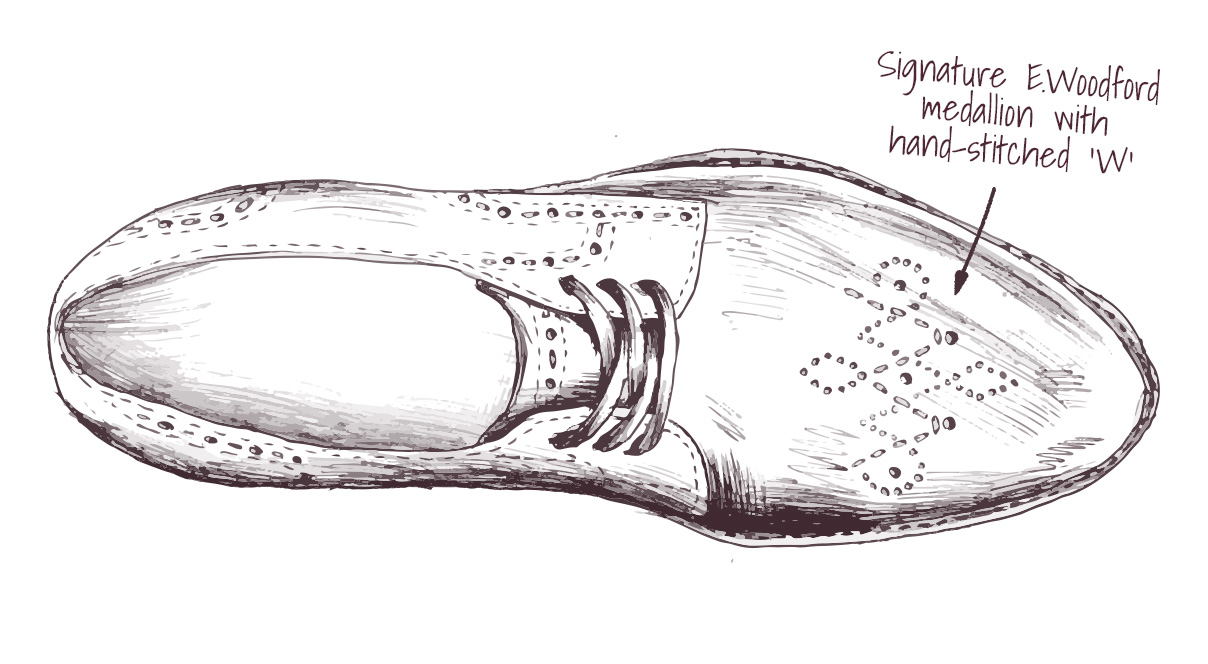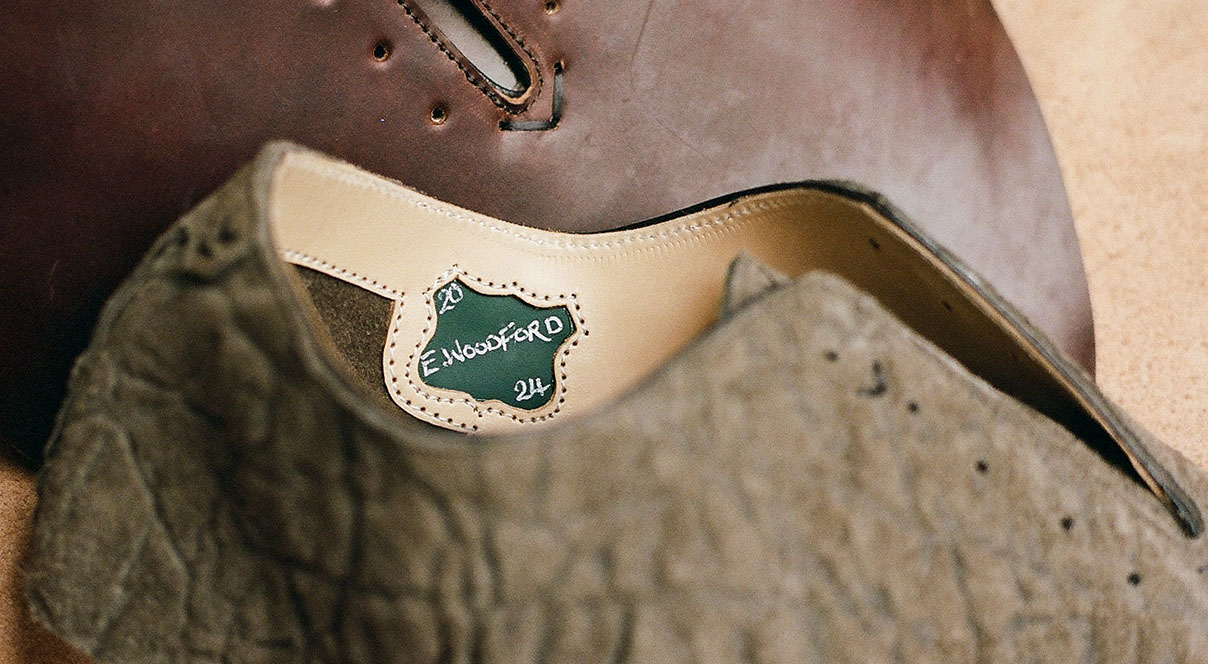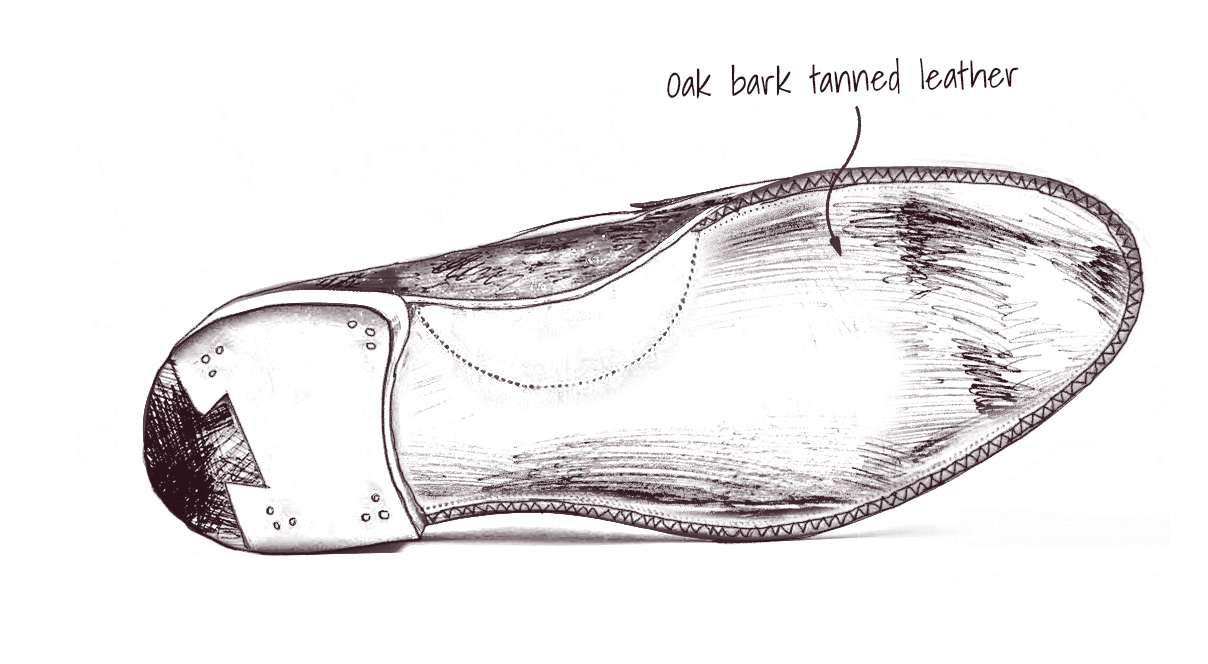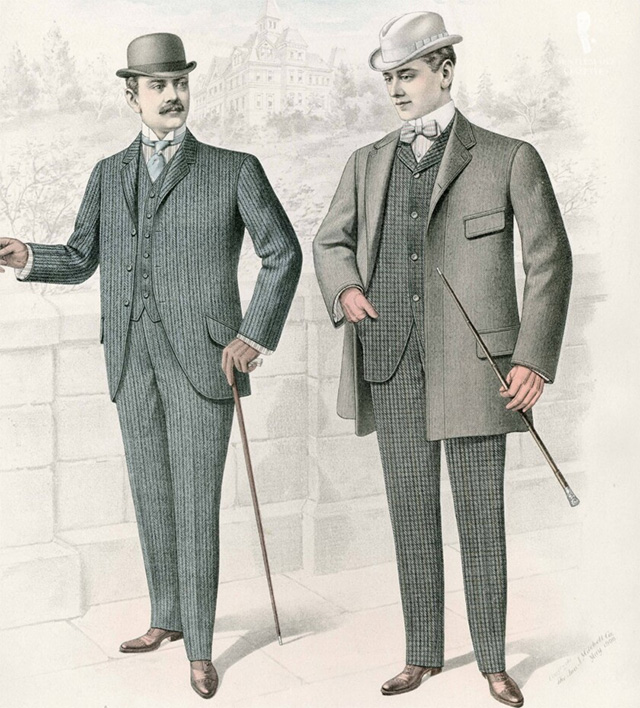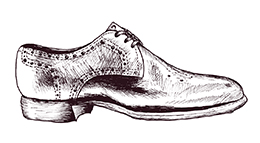The traditional derby-style of boot has been around for at least 800 years. Sometimes known as a gibson, it hit peak popularity in the 19th century as smart leisure wear worn by gentlemen for sports and hunting.
It shares a name with the picturesque English city, but the reasoning behind that is a contested point. One possibility is that the 12th century Earl of Derby, Robert de Ferrers, inspired the moniker, though other stories credit an earl of more than 200 years later, who had an oxford shoe modified to accommodate his unusually large feet. The resulting footwear differentiated enough from the original for it to deserve a new city-inspired title.
The main distinction between the two styles is in the lacing. The oxford is known for its closed system, which creates a more formal fit, while the derby is open, allowing for a slightly more casual look and looser fit – they’re often recommended as more comfortable for those with a high instep.
As noted with many of our designs, this one also has its military links to the past – some form of derby boot was worn by soldiers during the Napoleonic Wars.
Broguing, as featured on this shoe, is a pattern of holes punched into the leather along the toe cap, sides, or upper length of the shoe. This embellishment became particularly popular around 1890 but, actually, has much earlier roots – evidence suggests Scots and Irish people used it on walking boots in the 1100s.
Back then the holes were functional – designed to allow for water drainage after splashing through damp fields and bogs. While retaining historic resonance brogue patterning today serves as a purely decorative detail.
